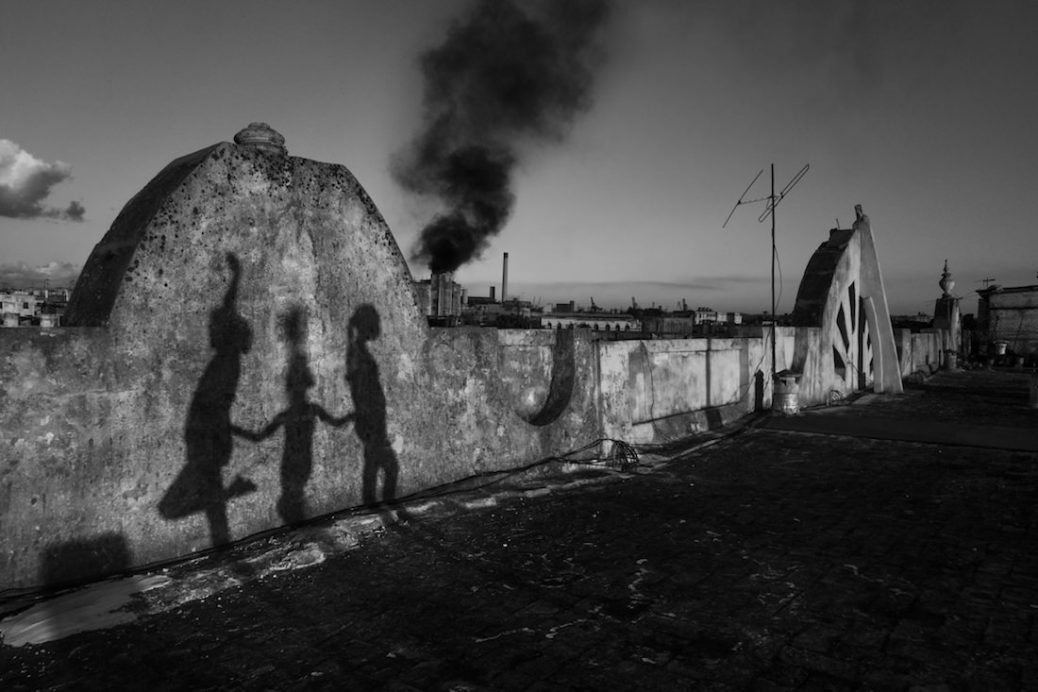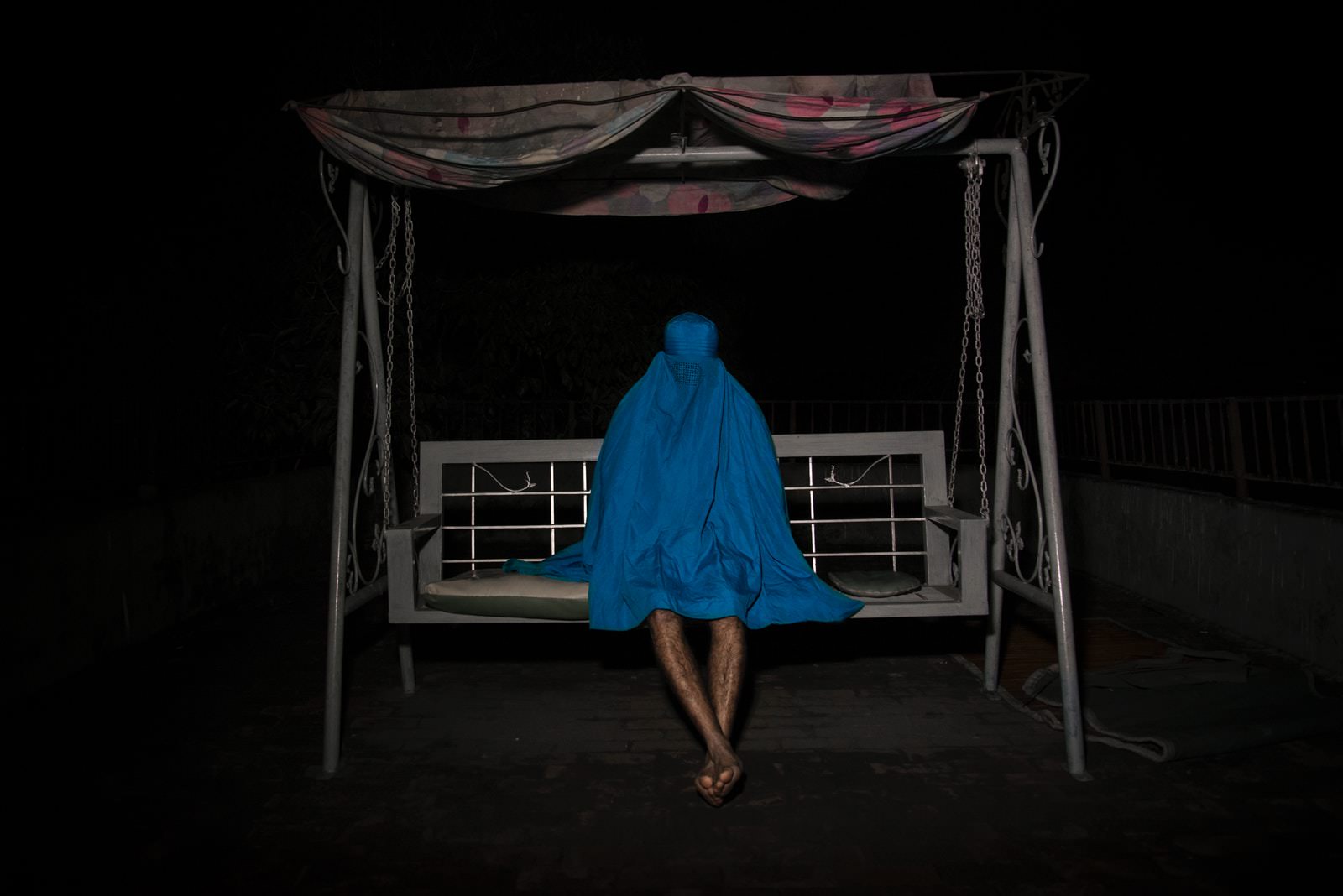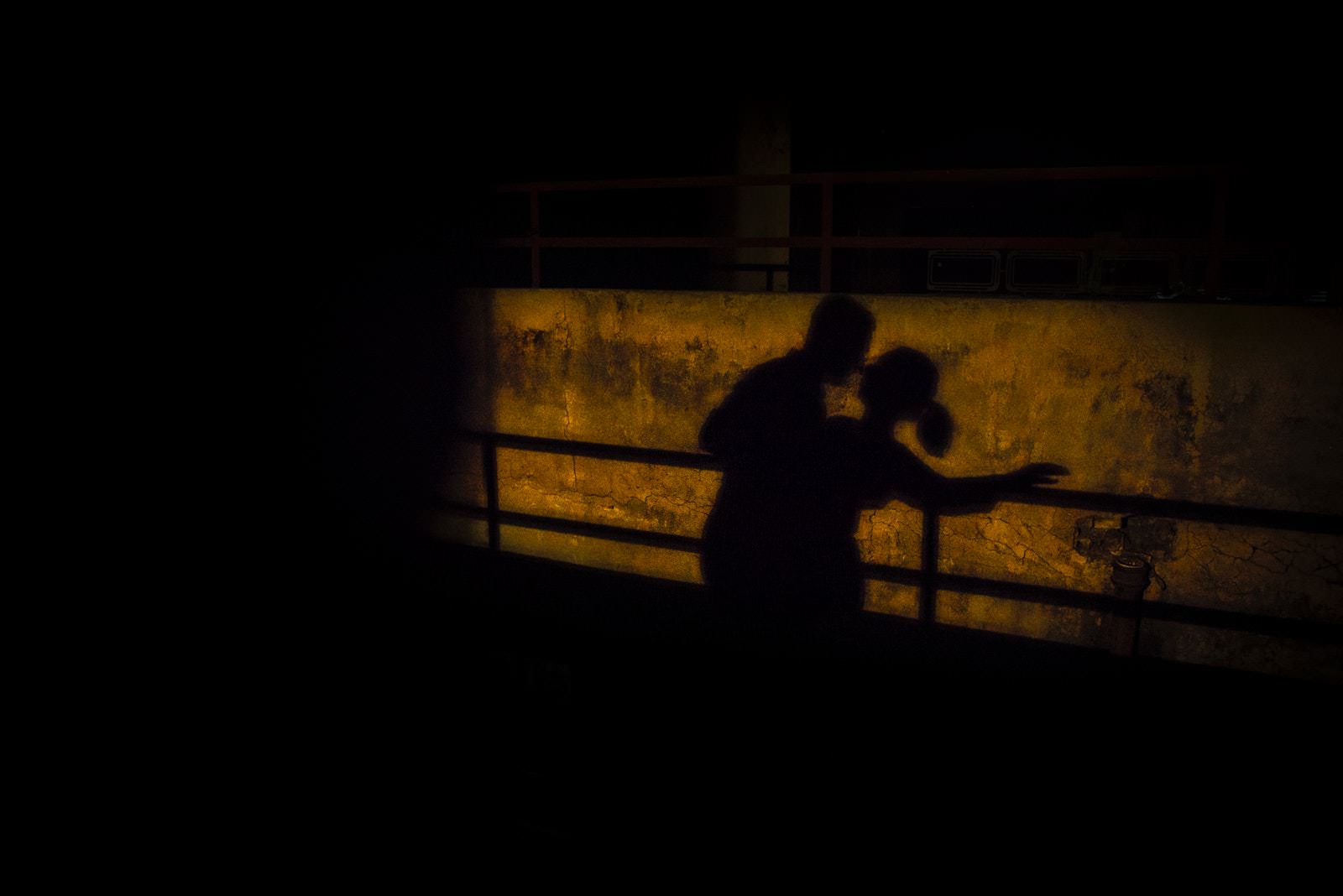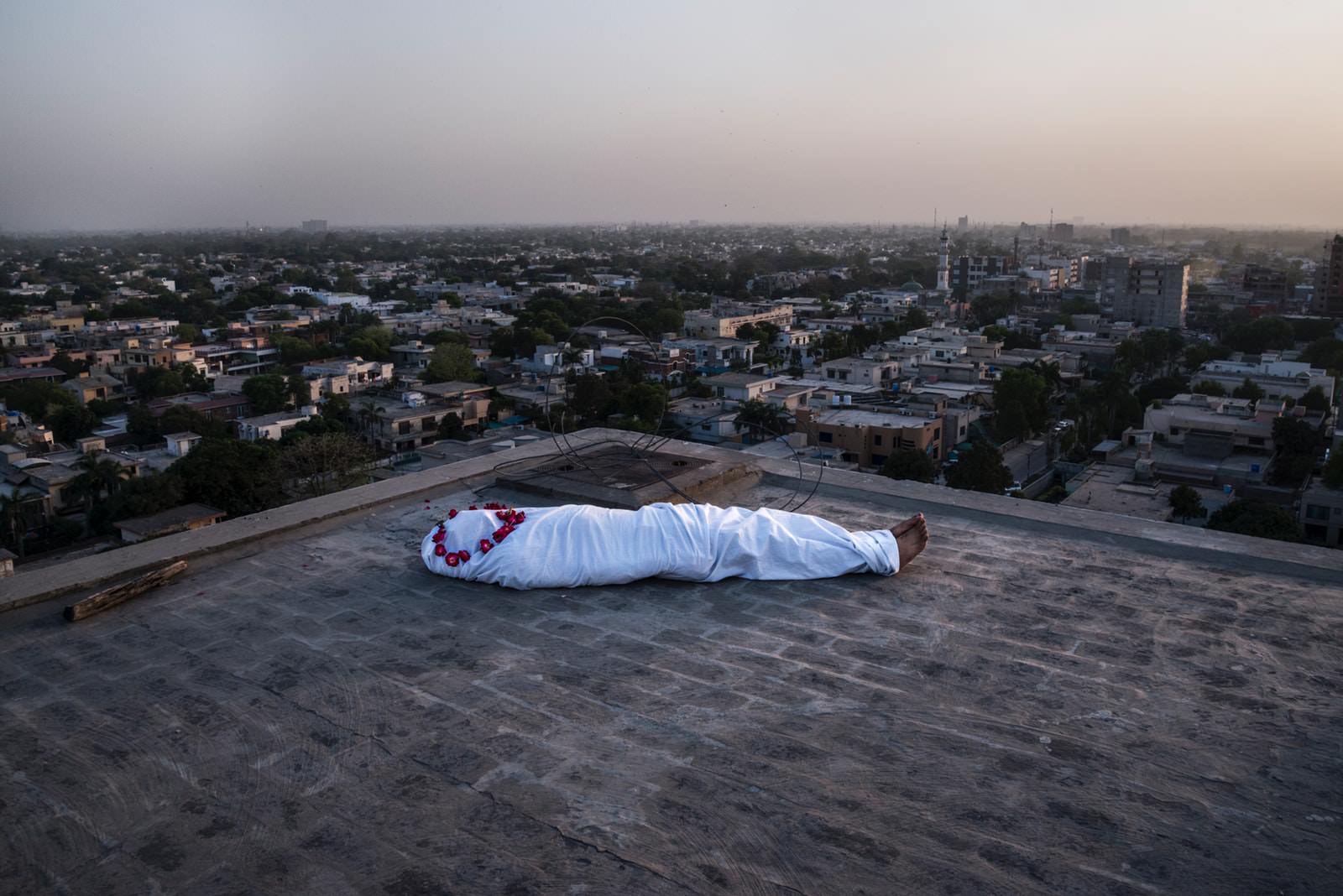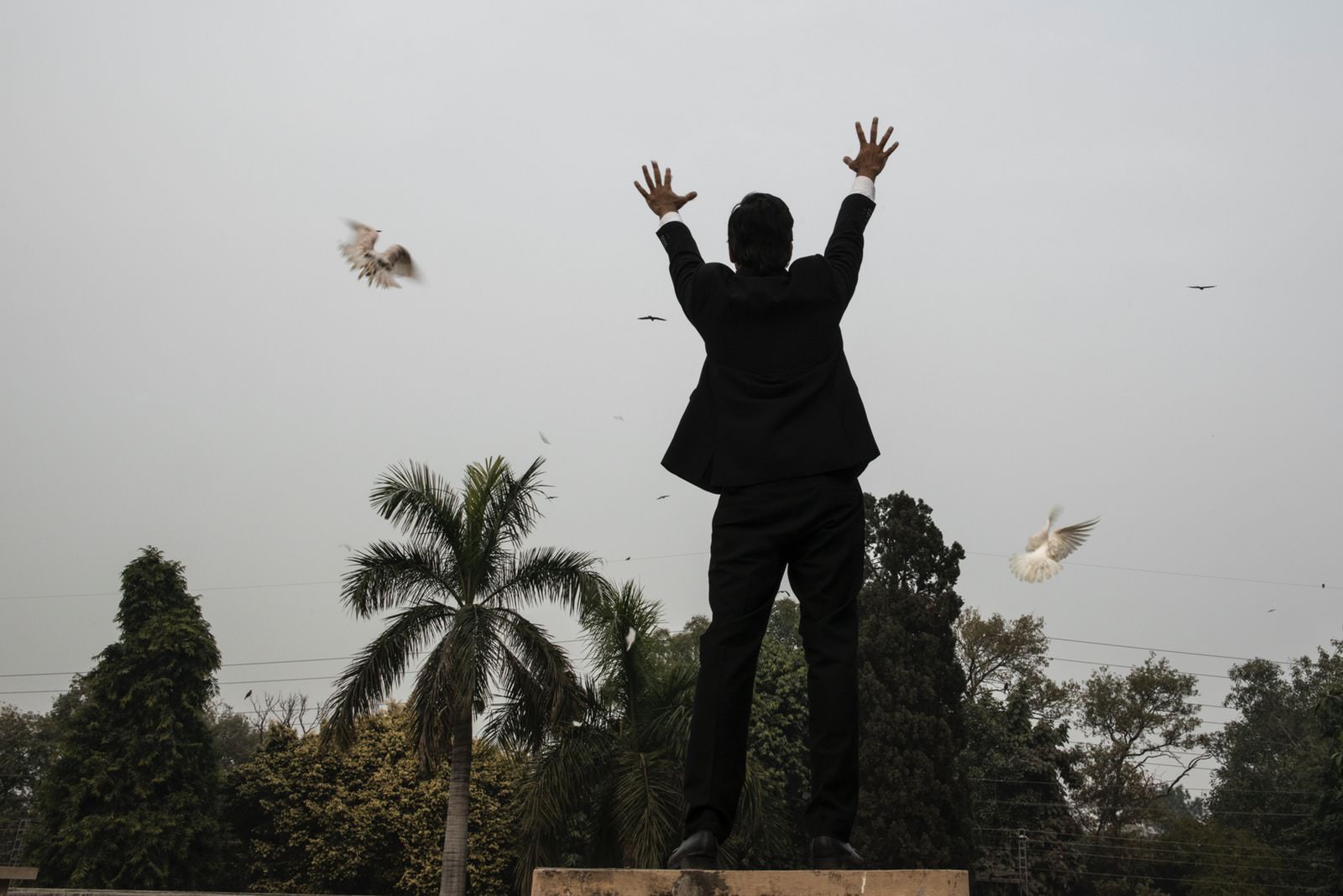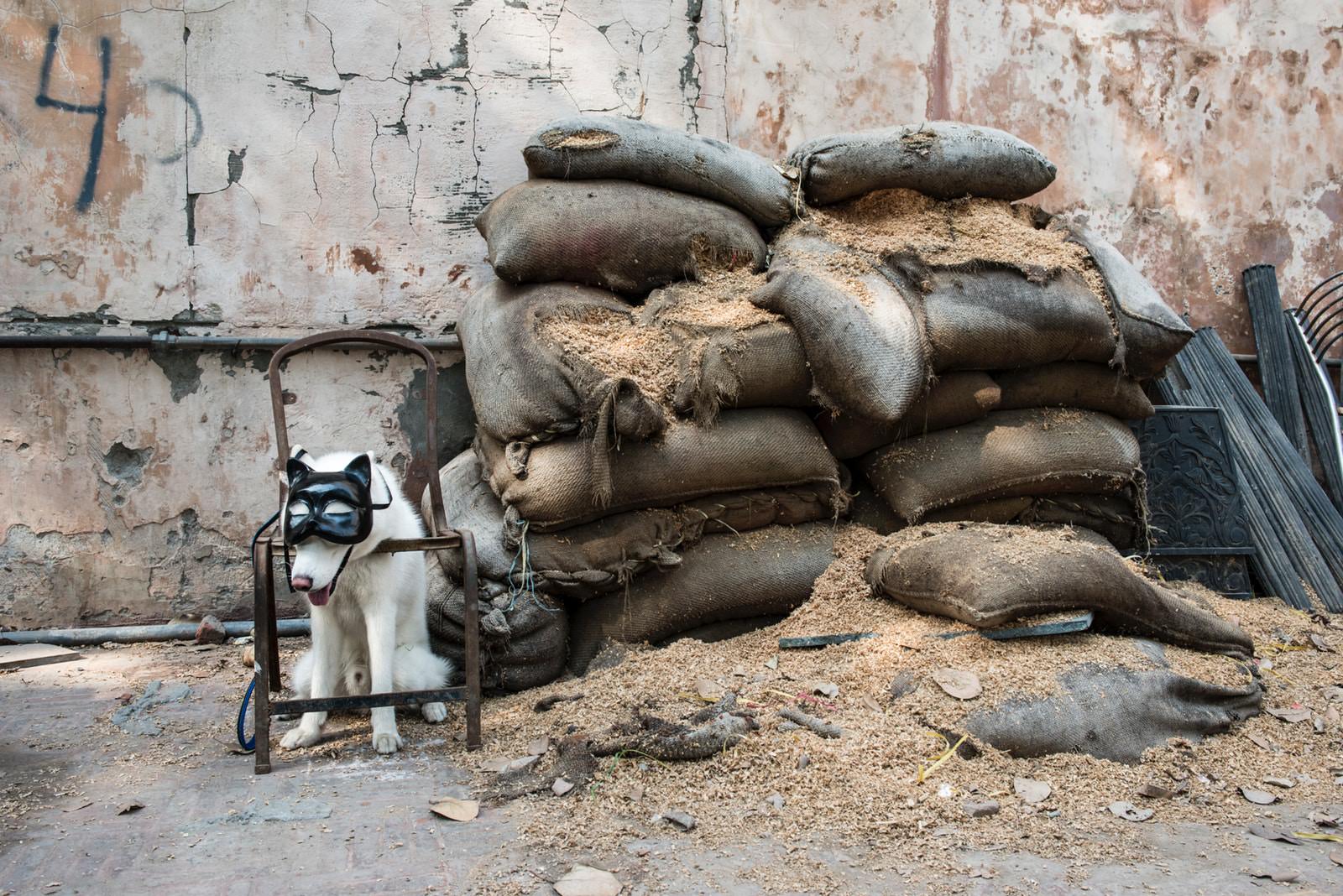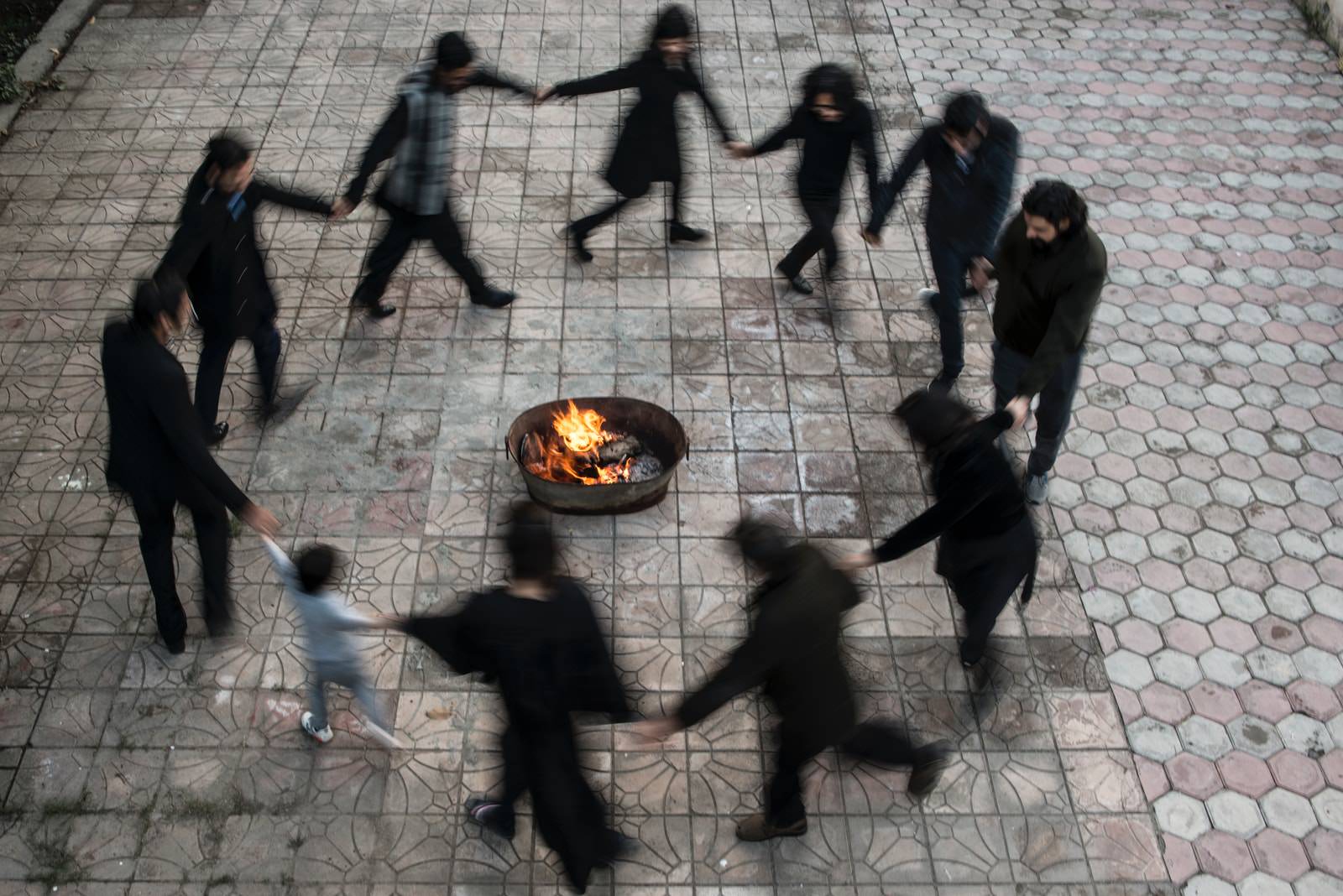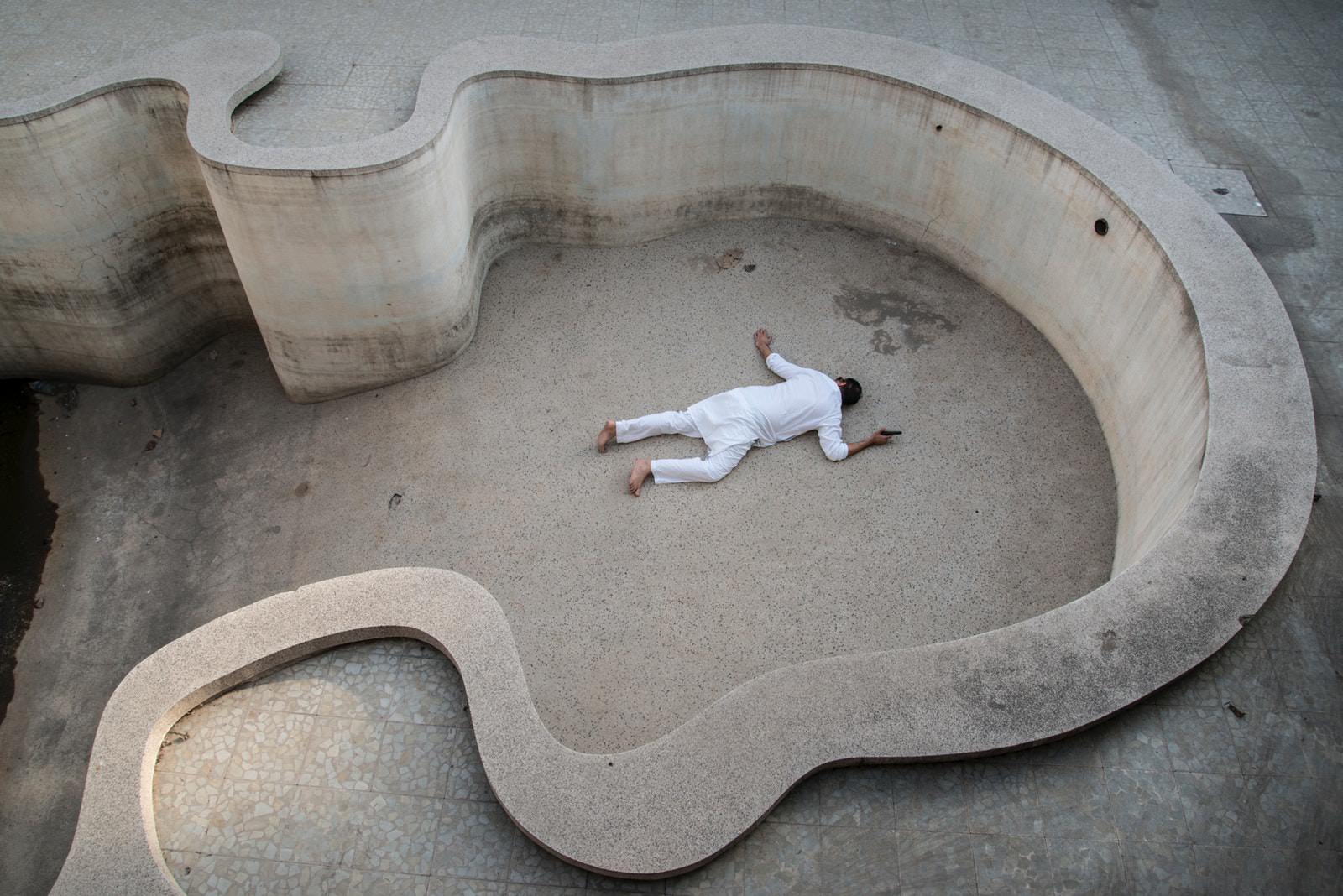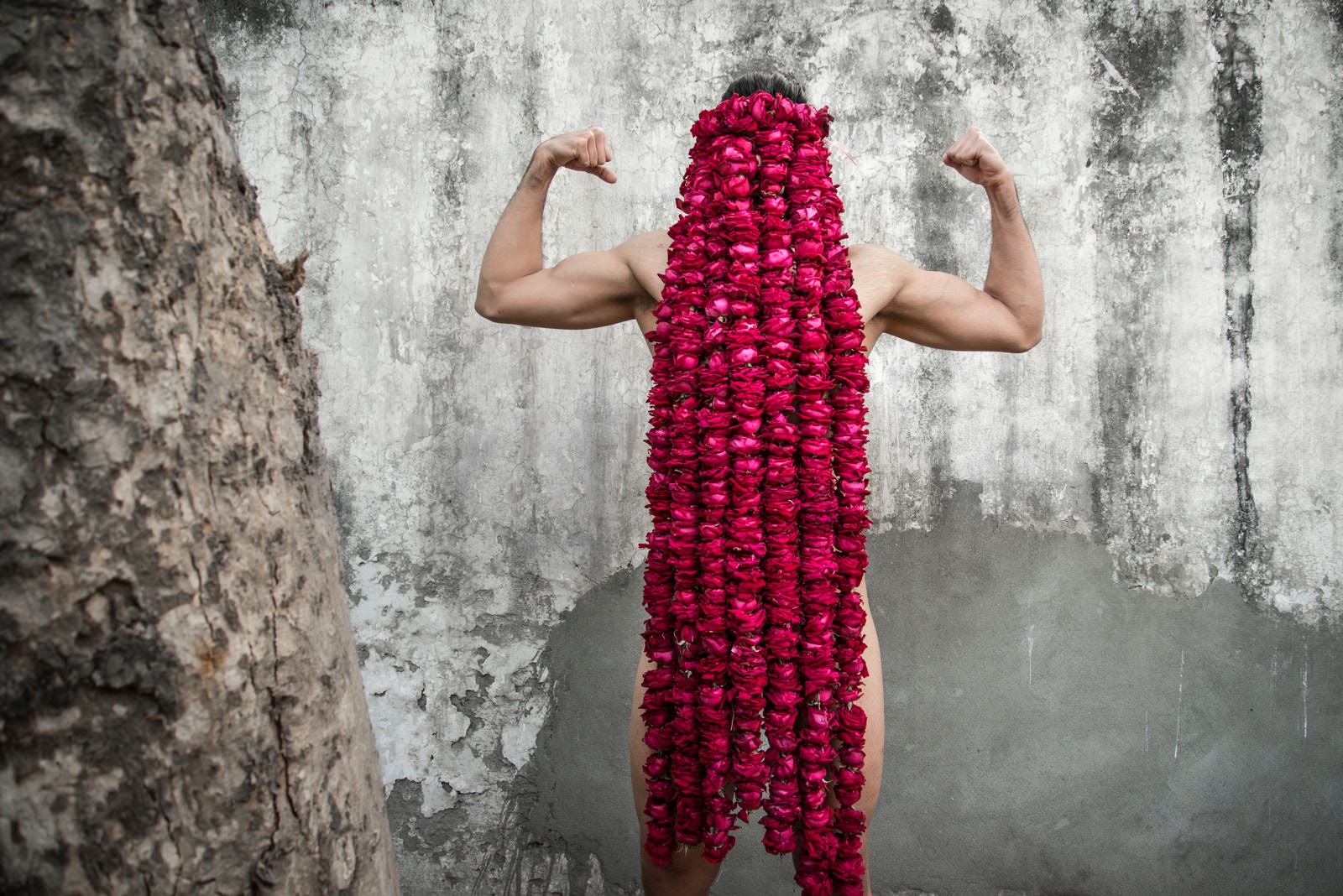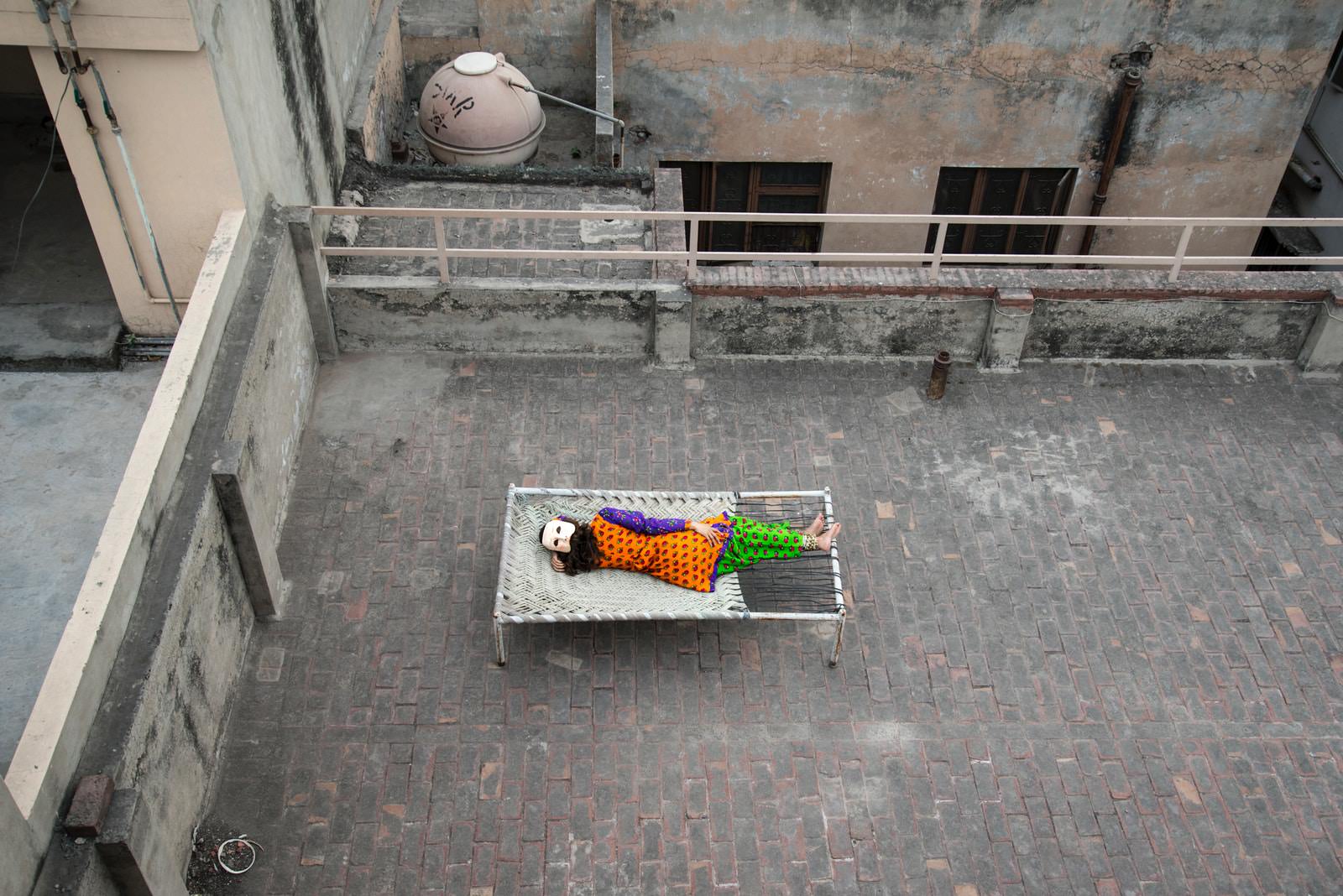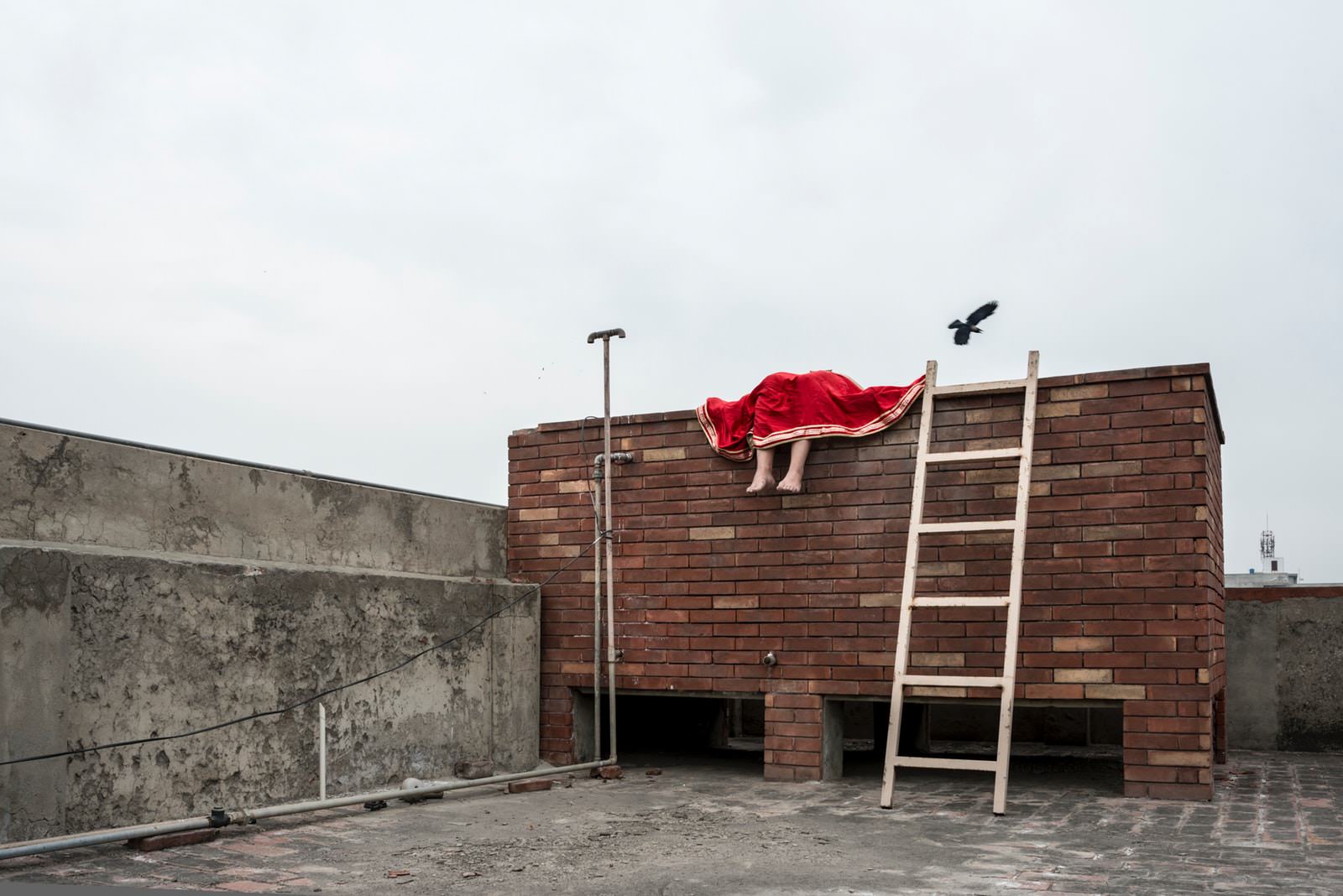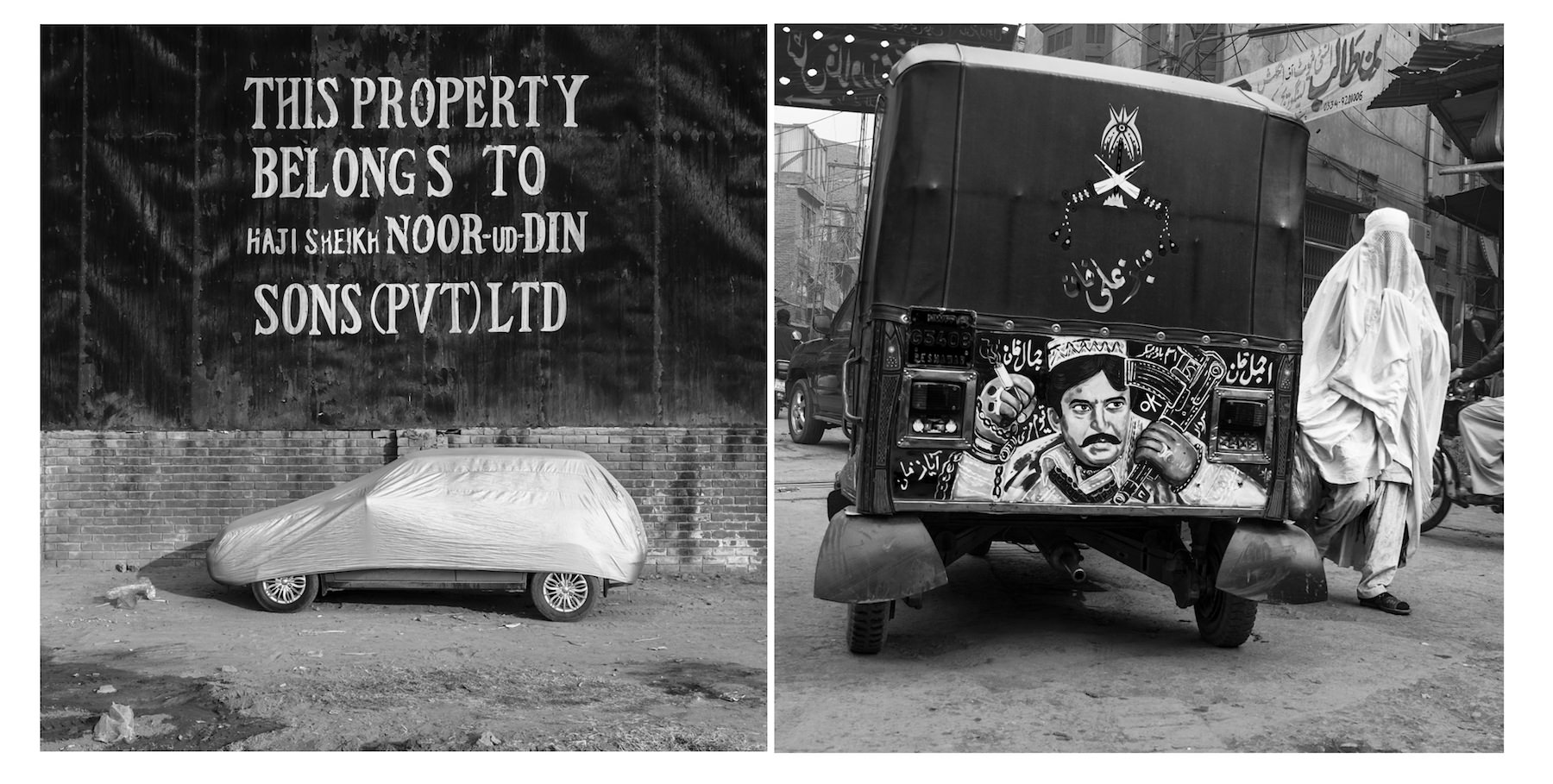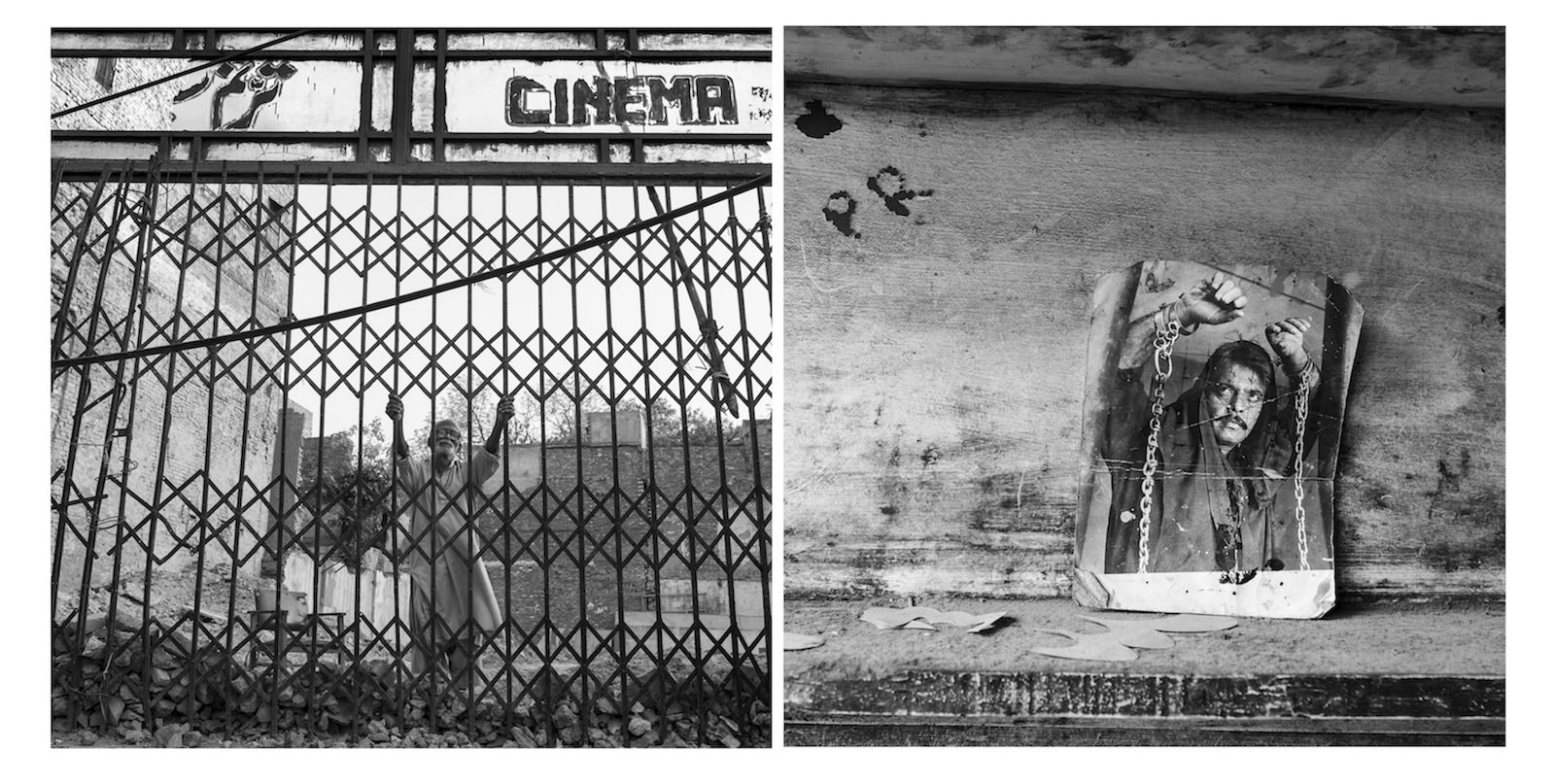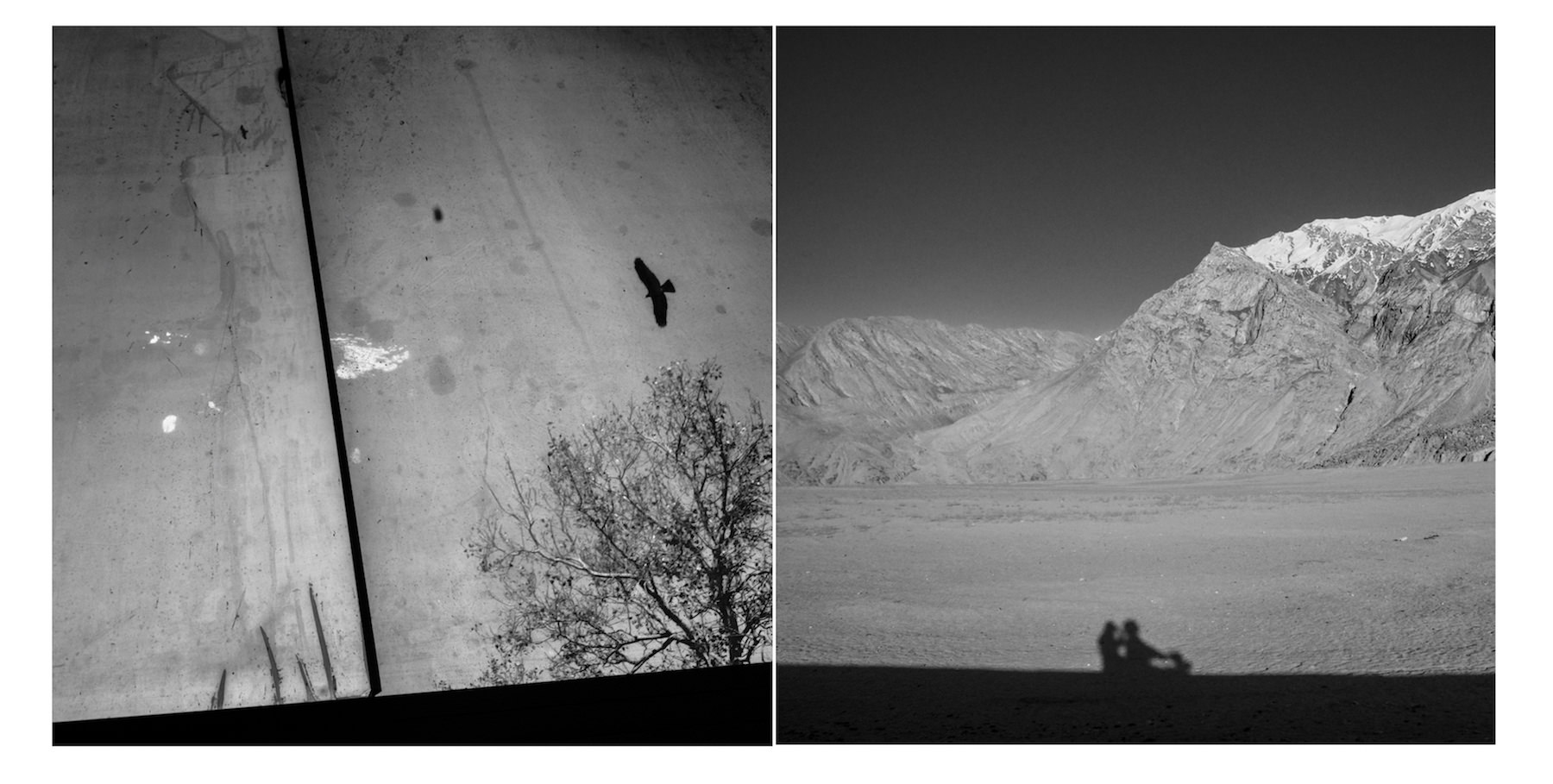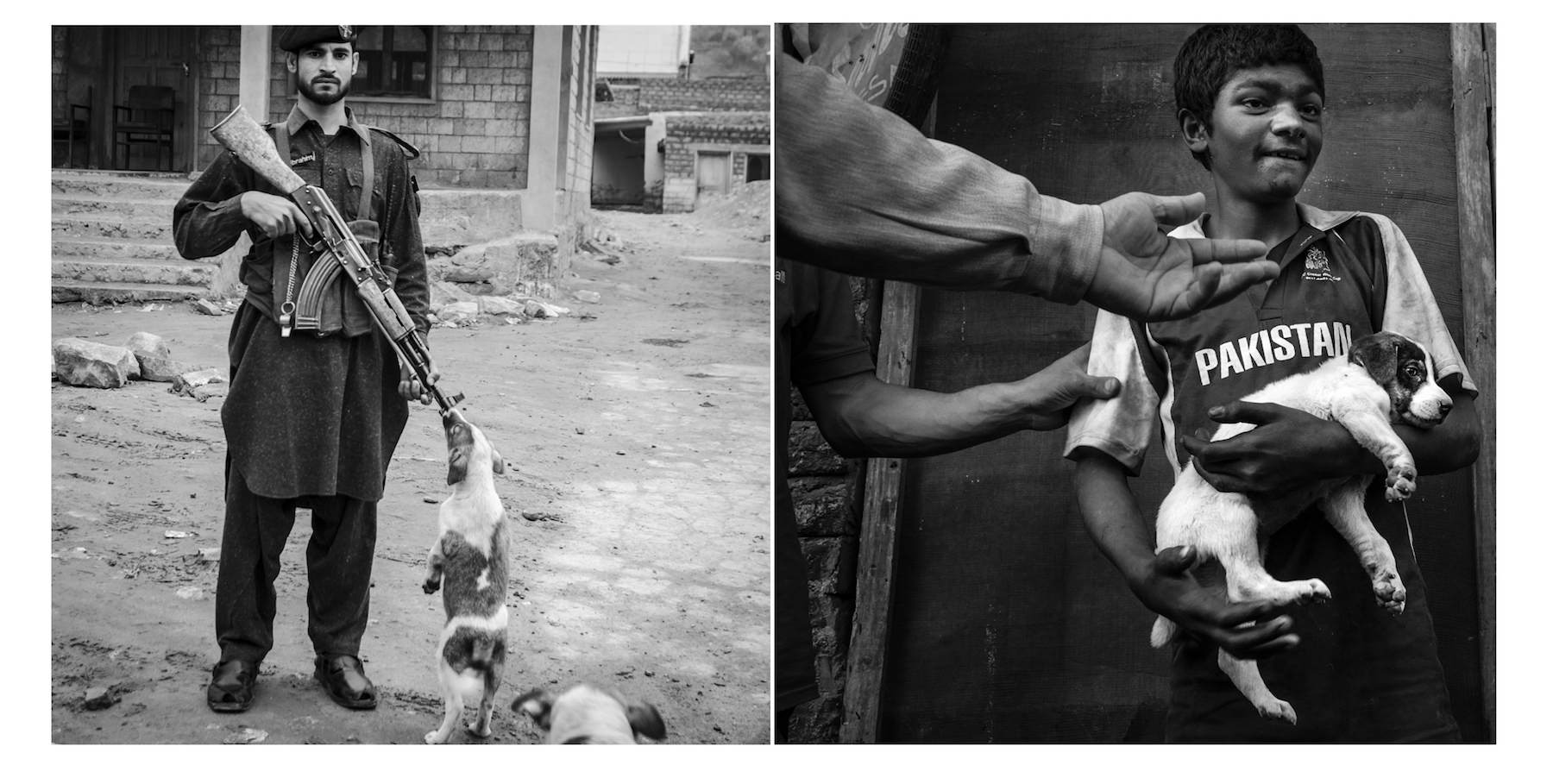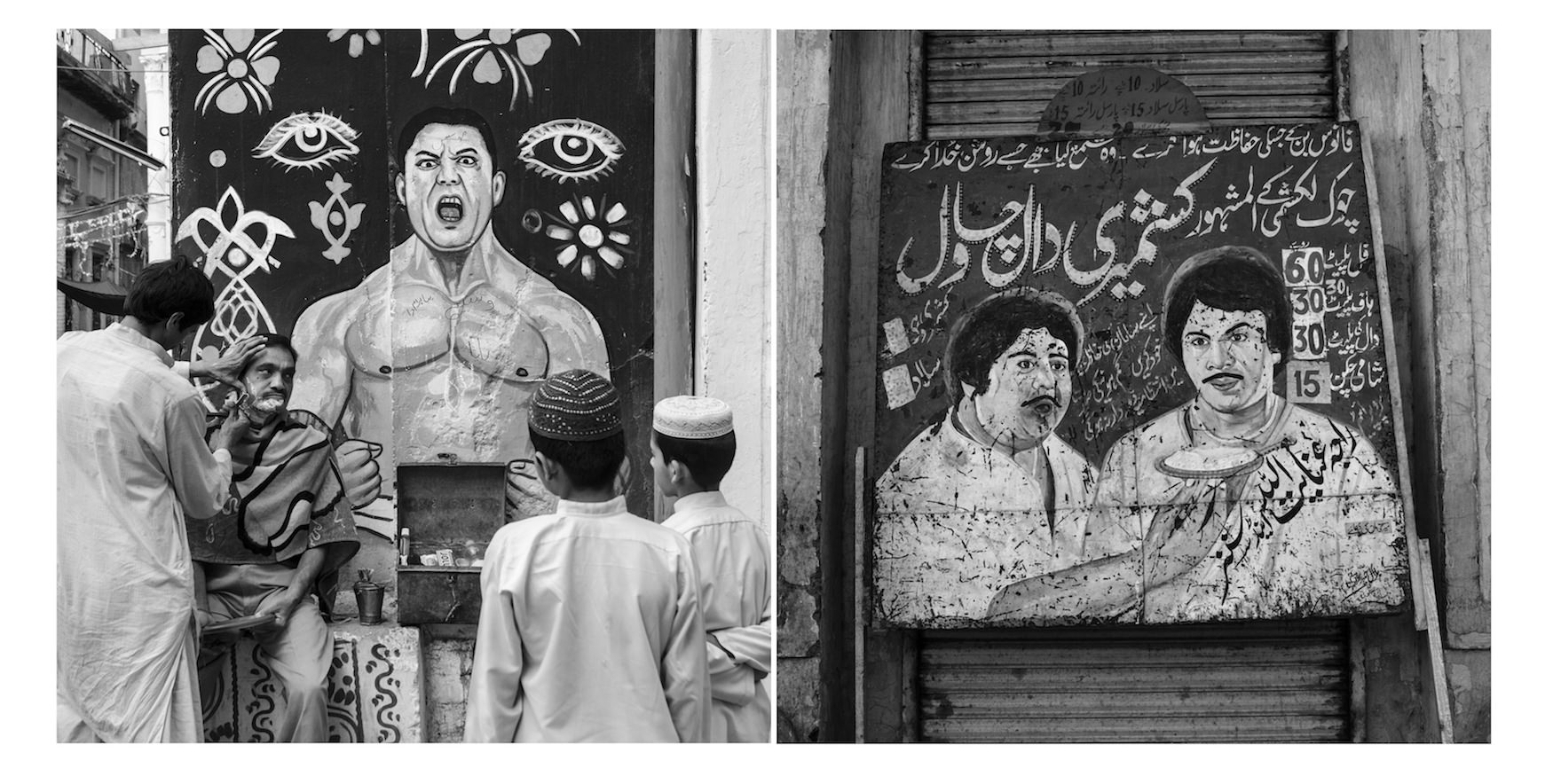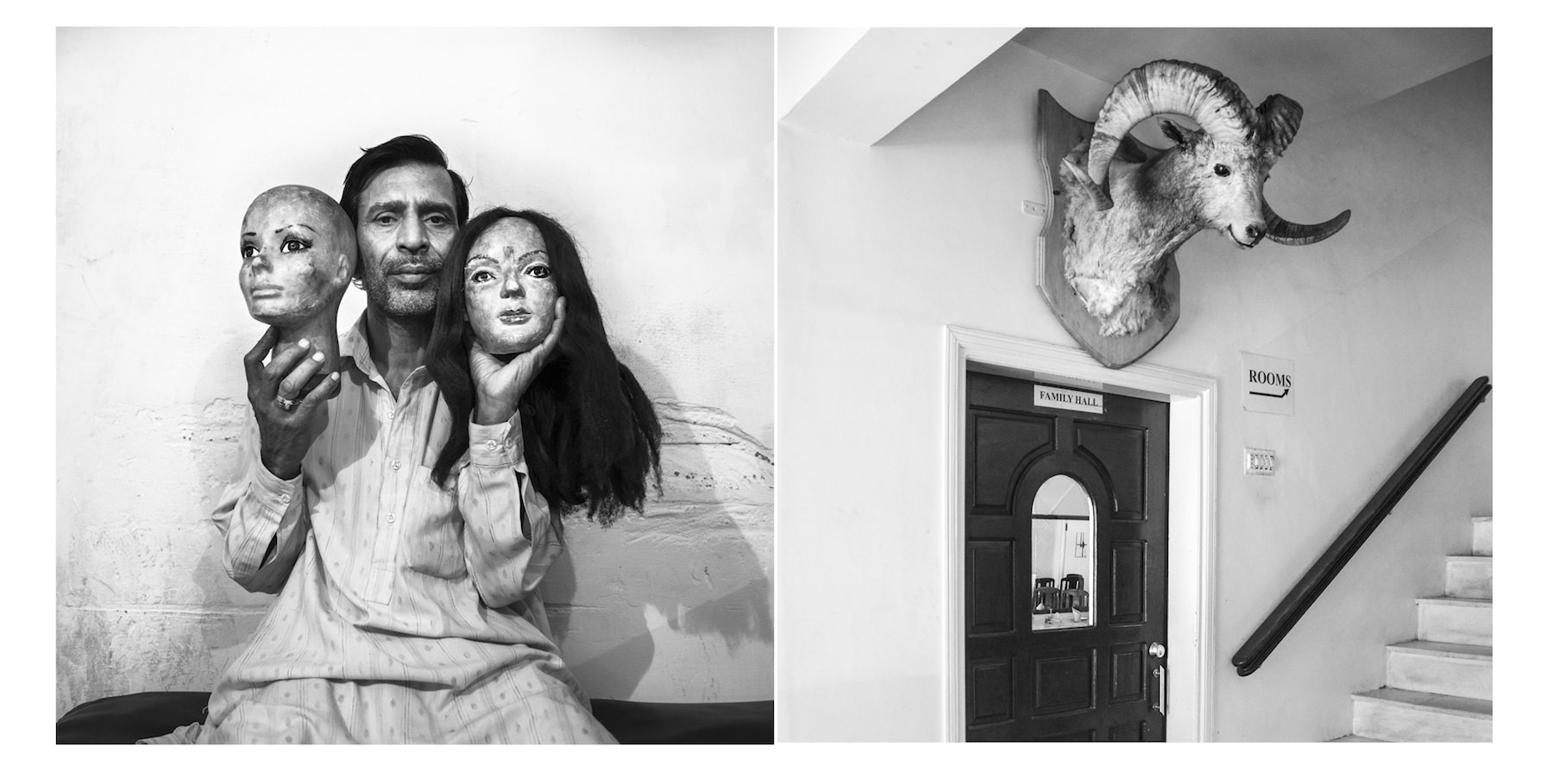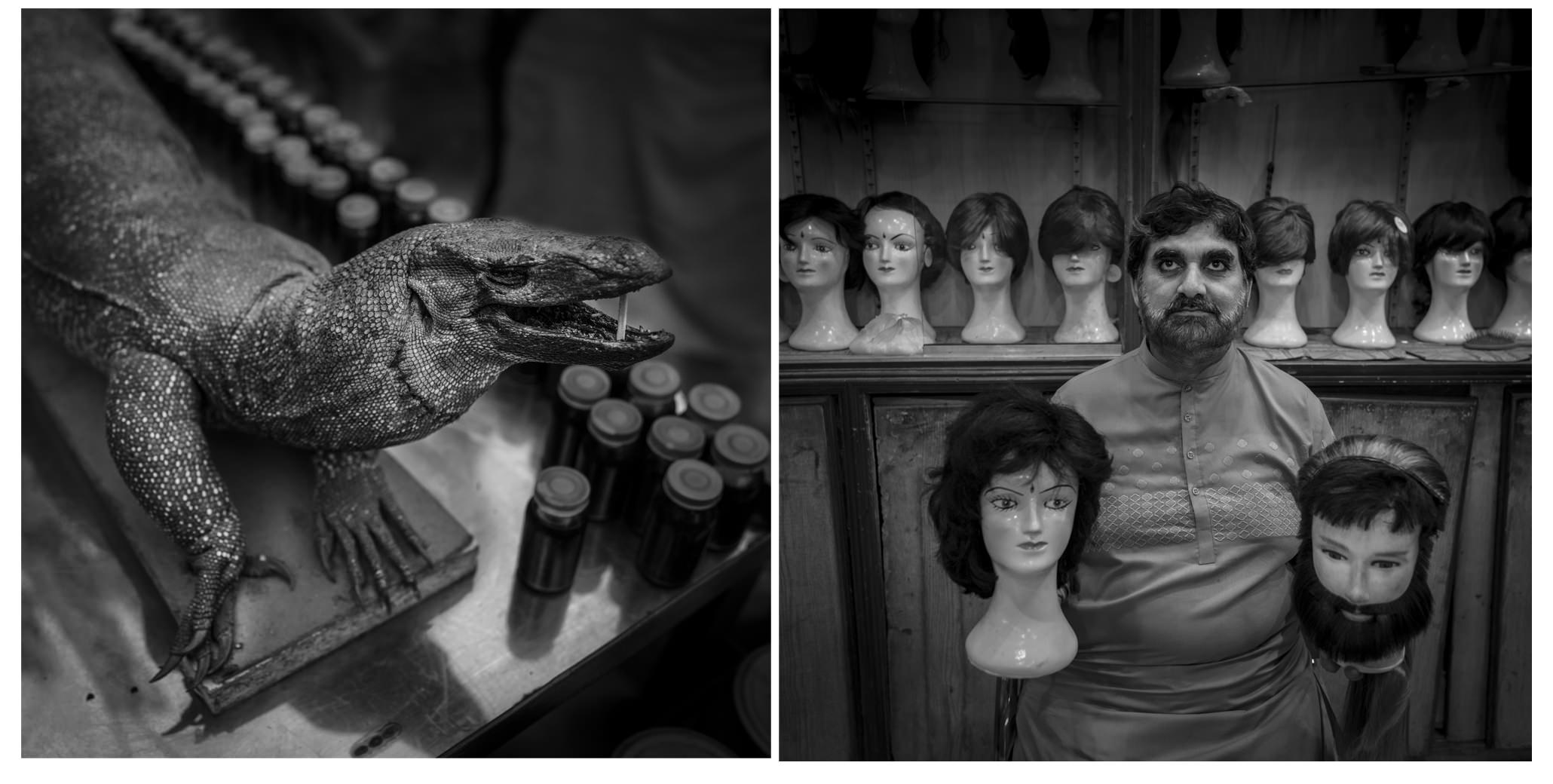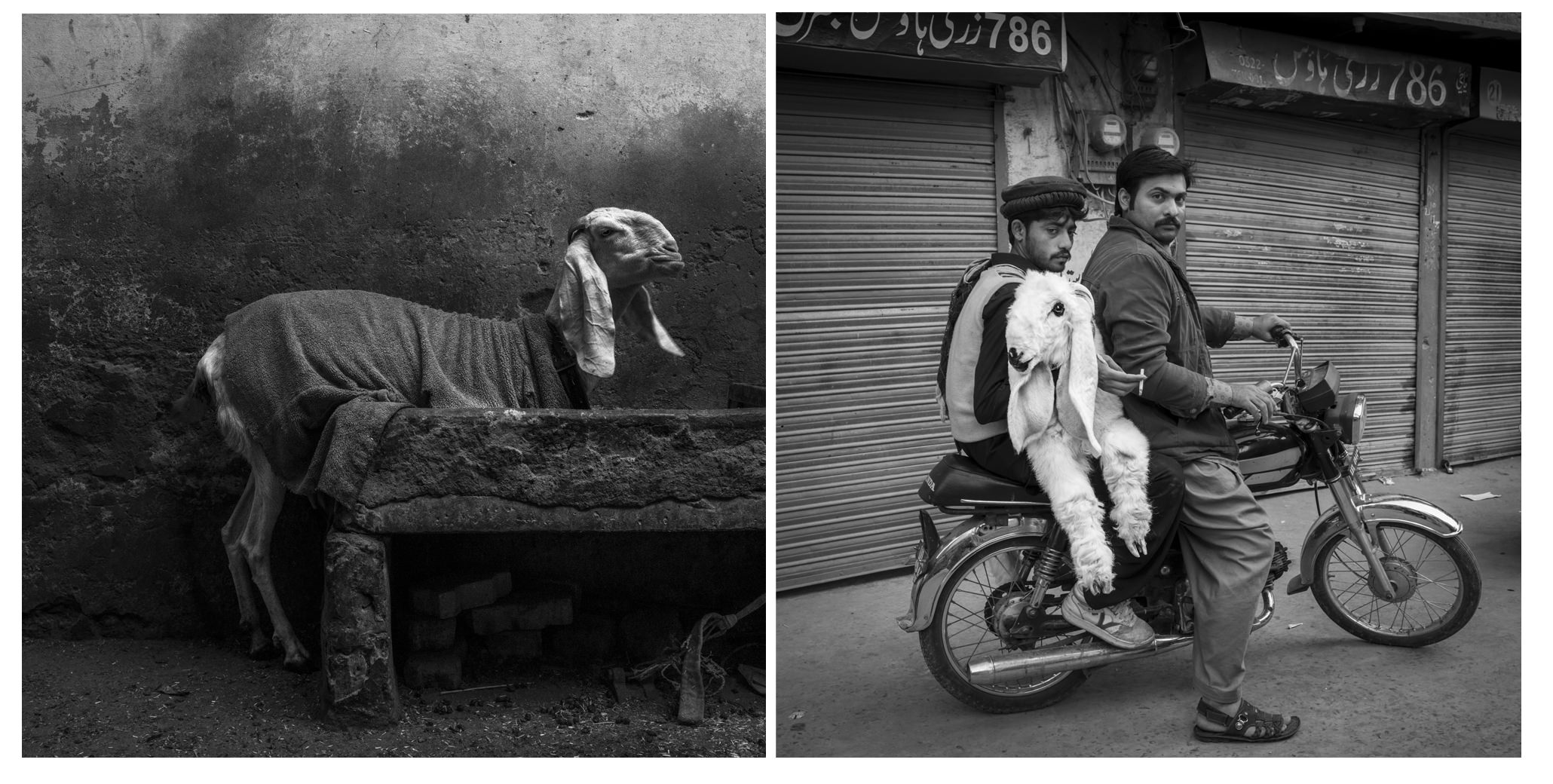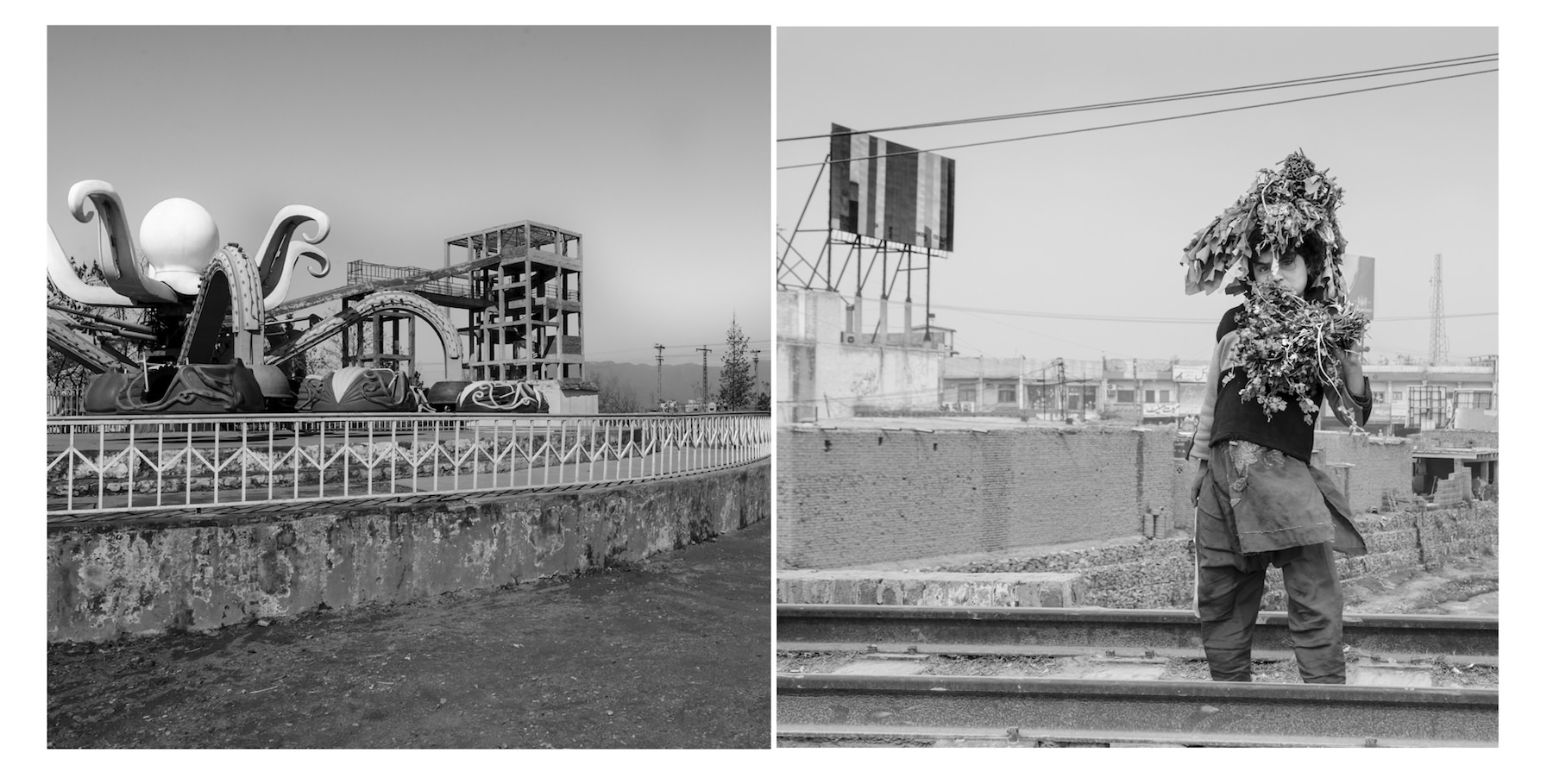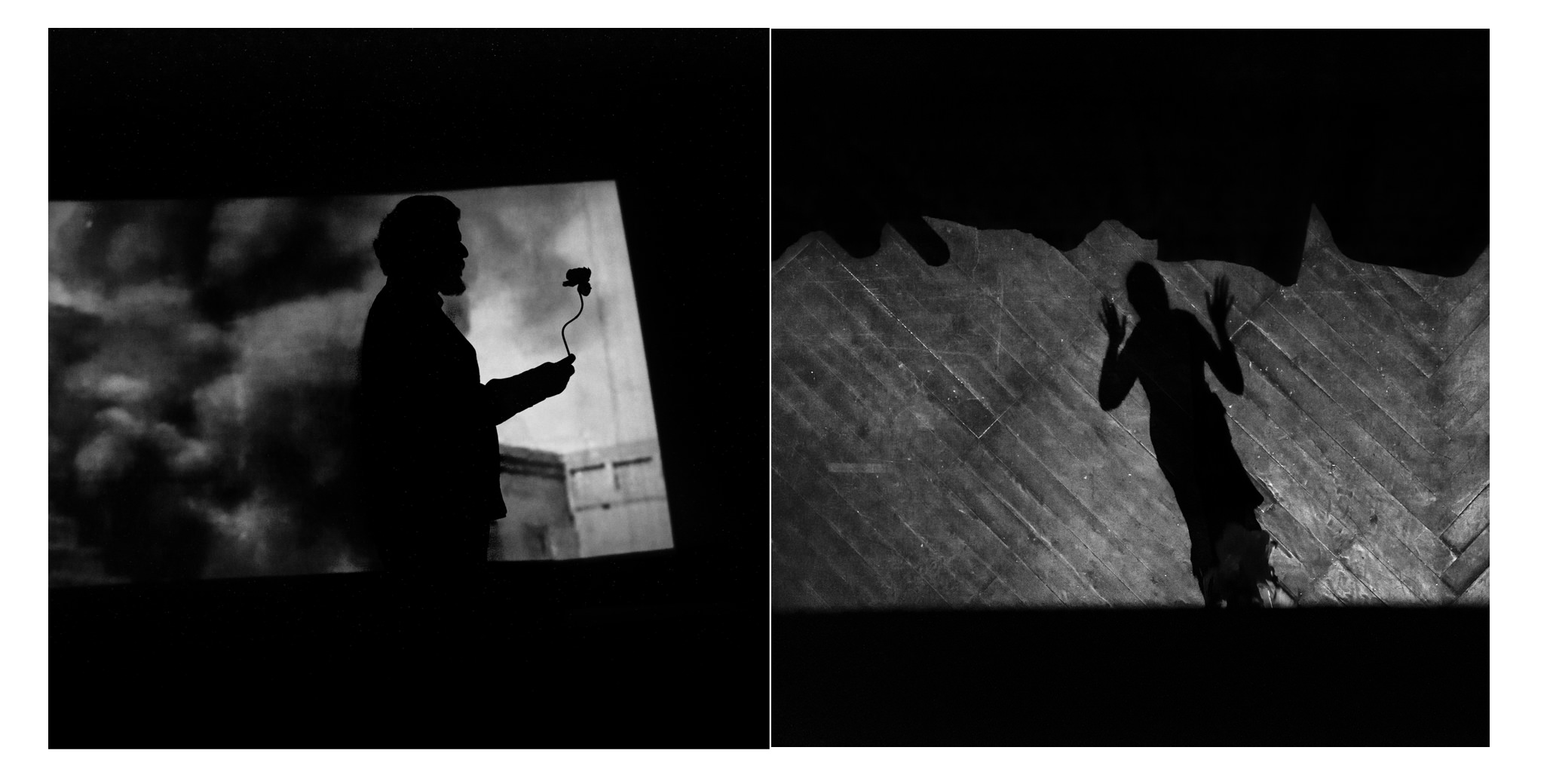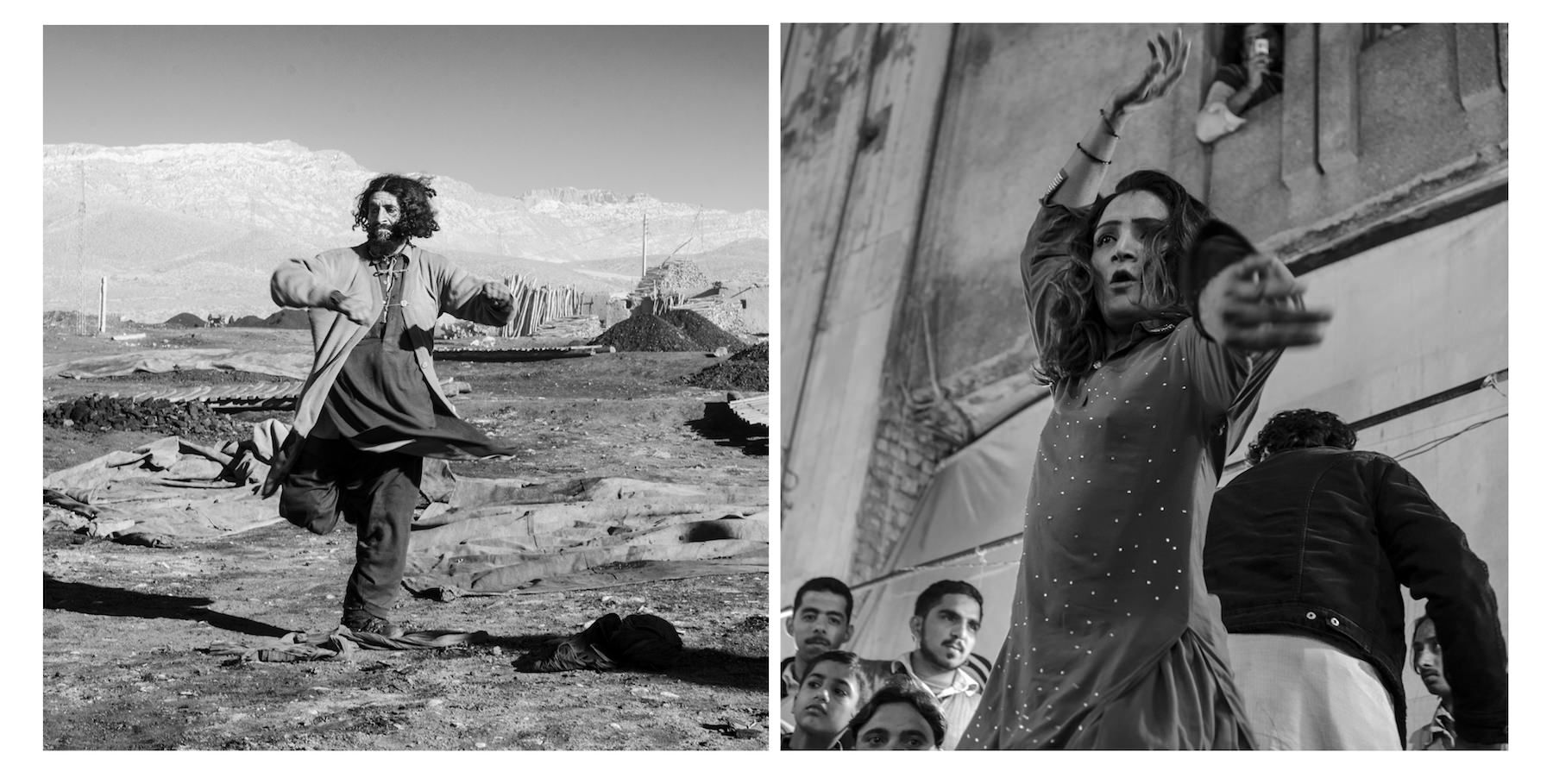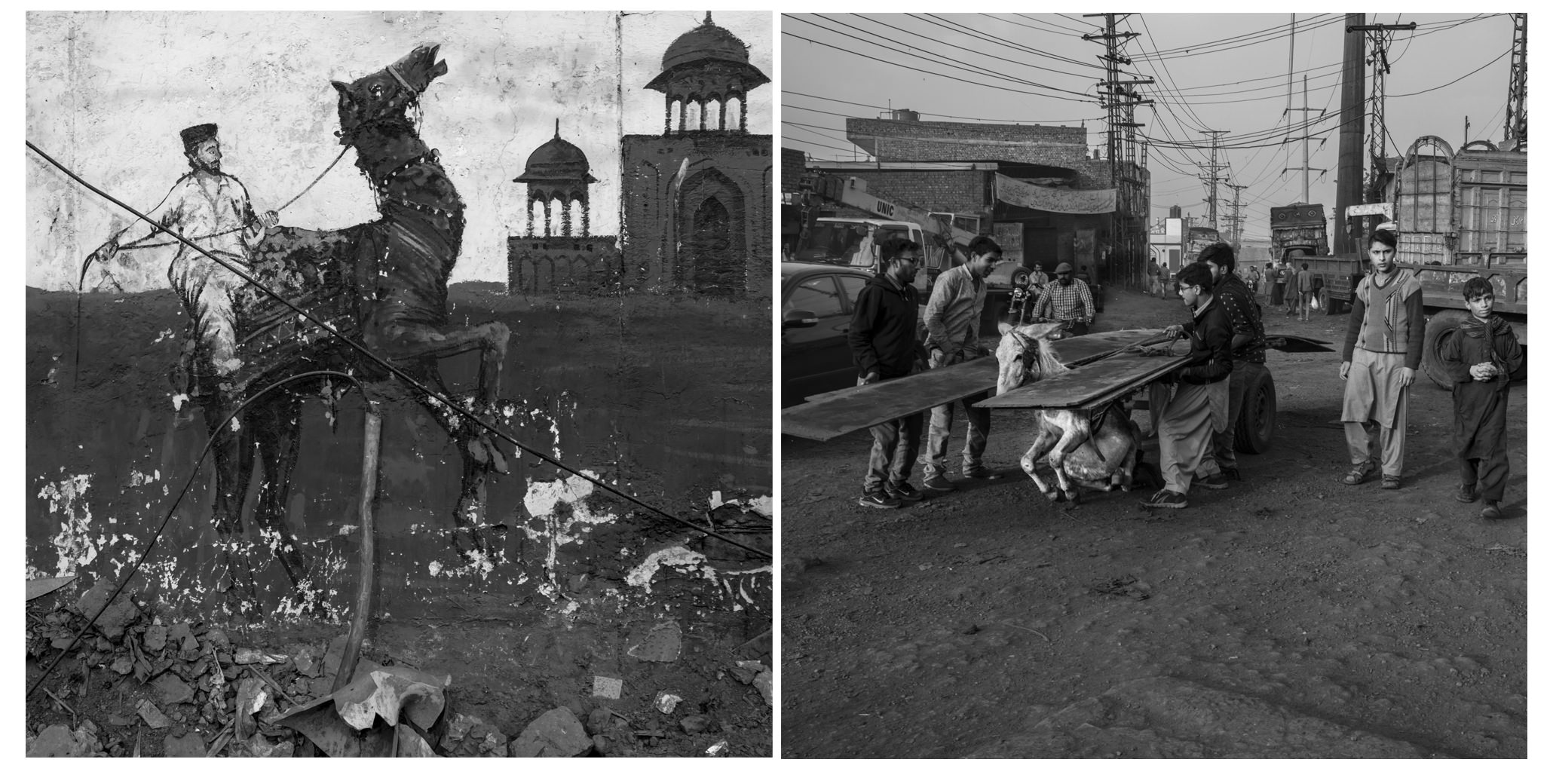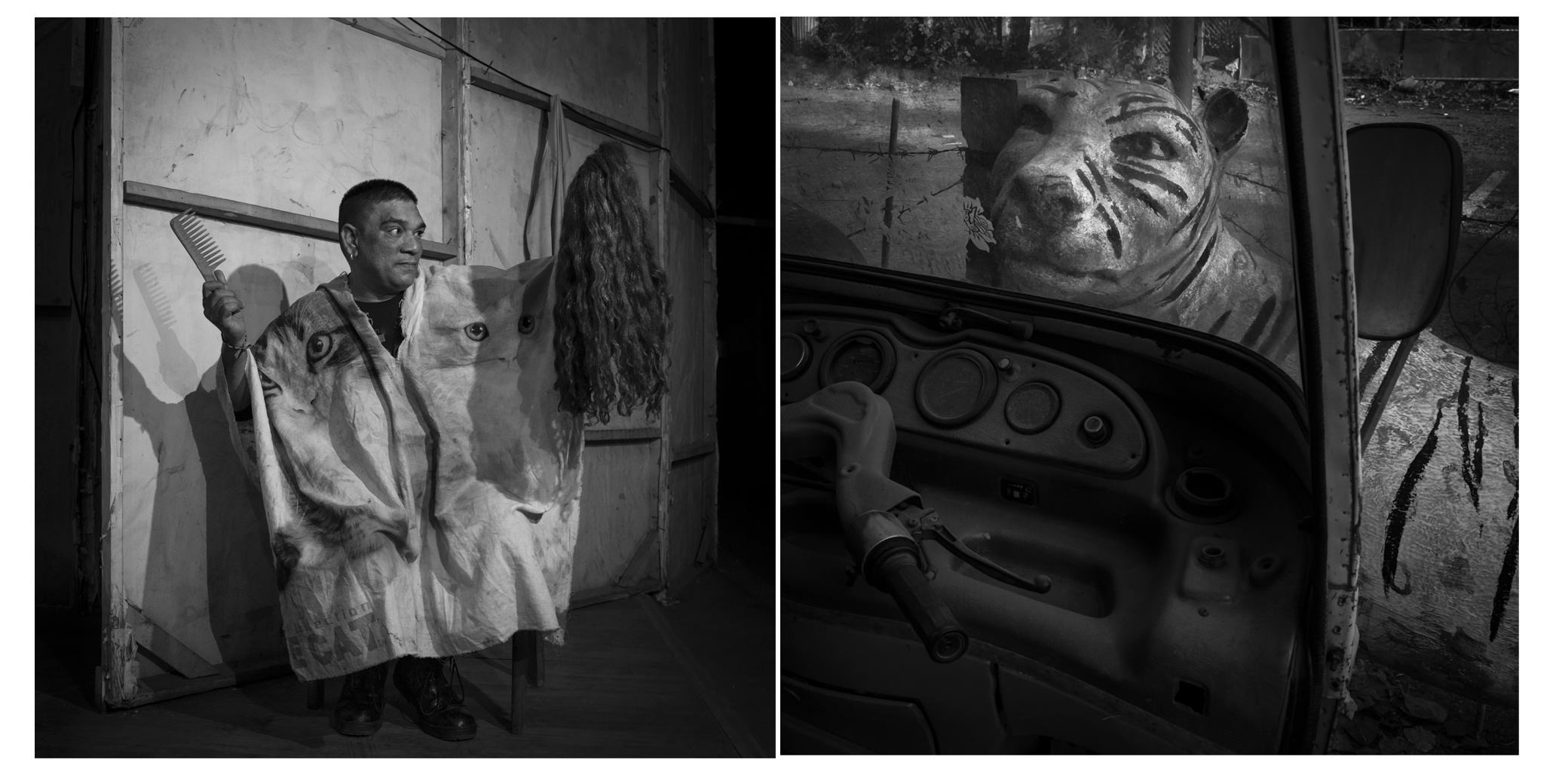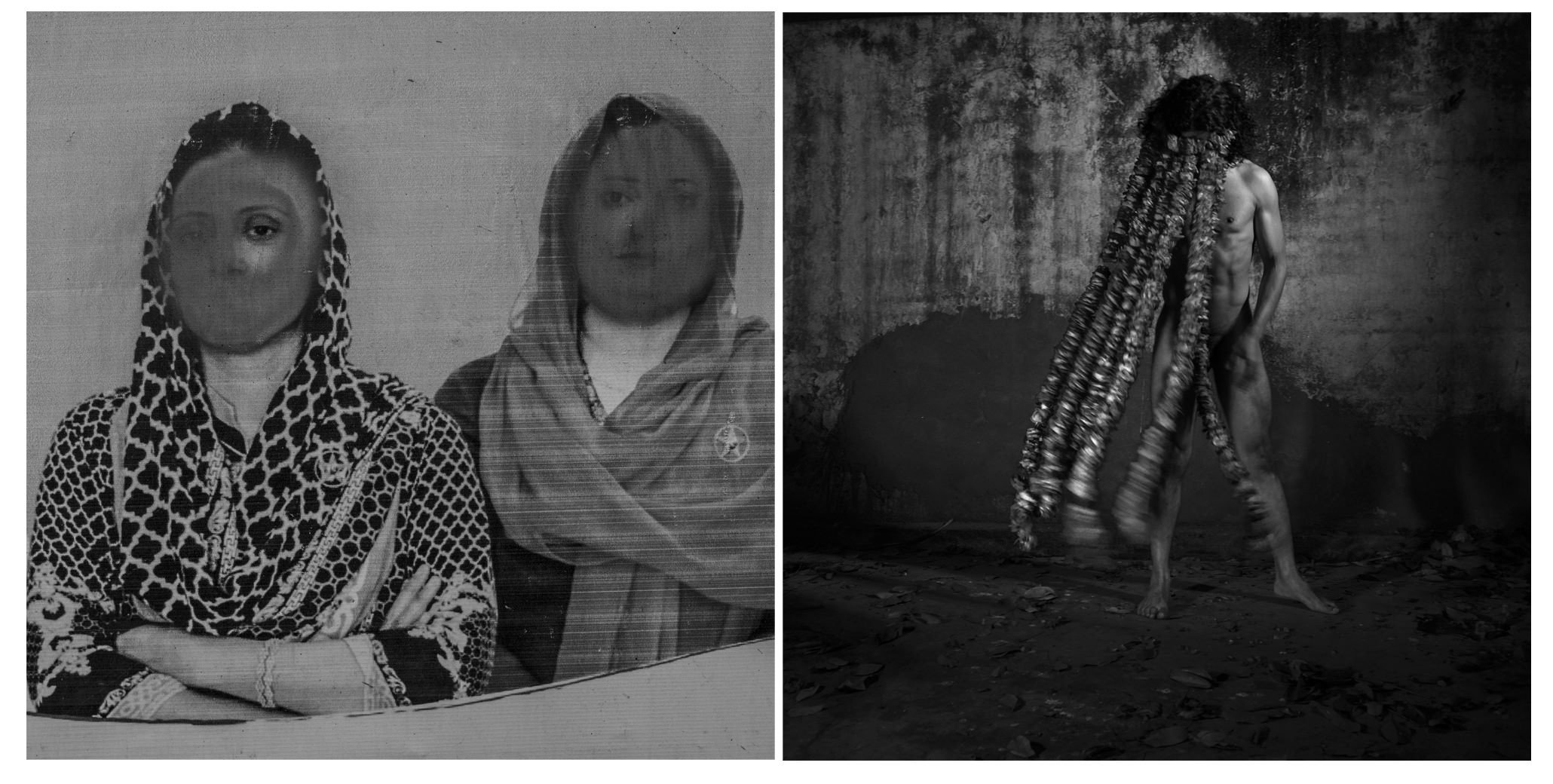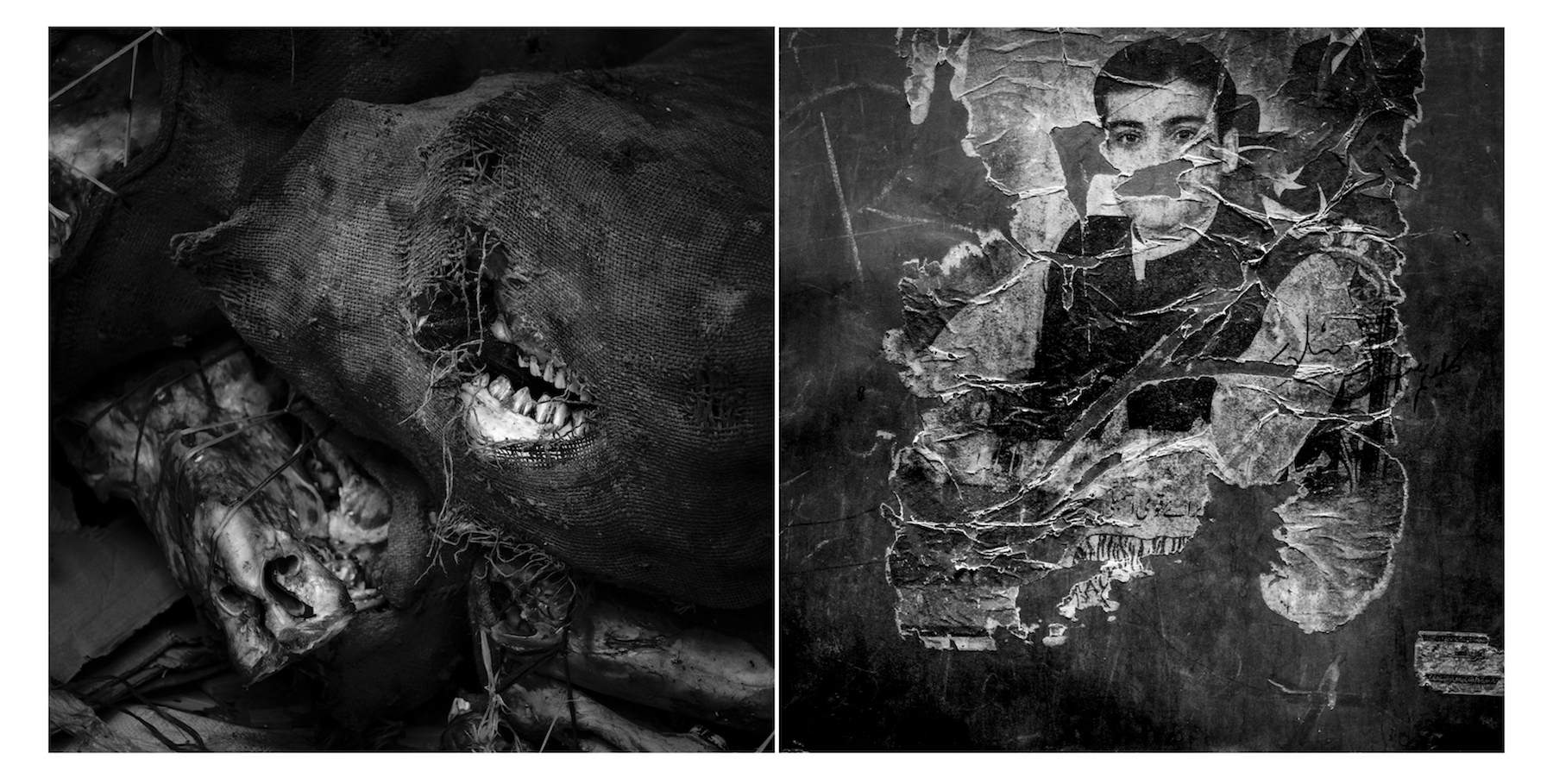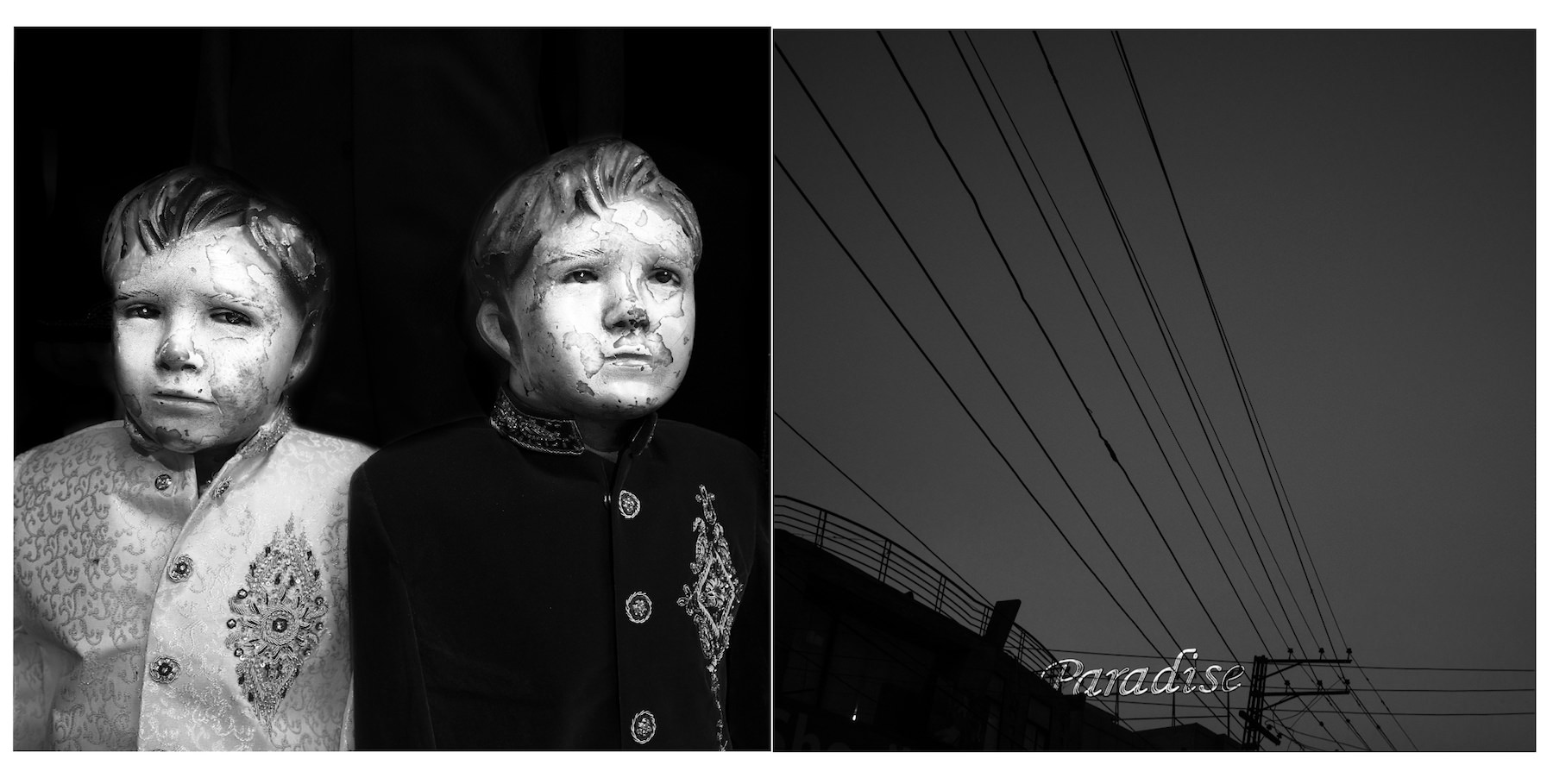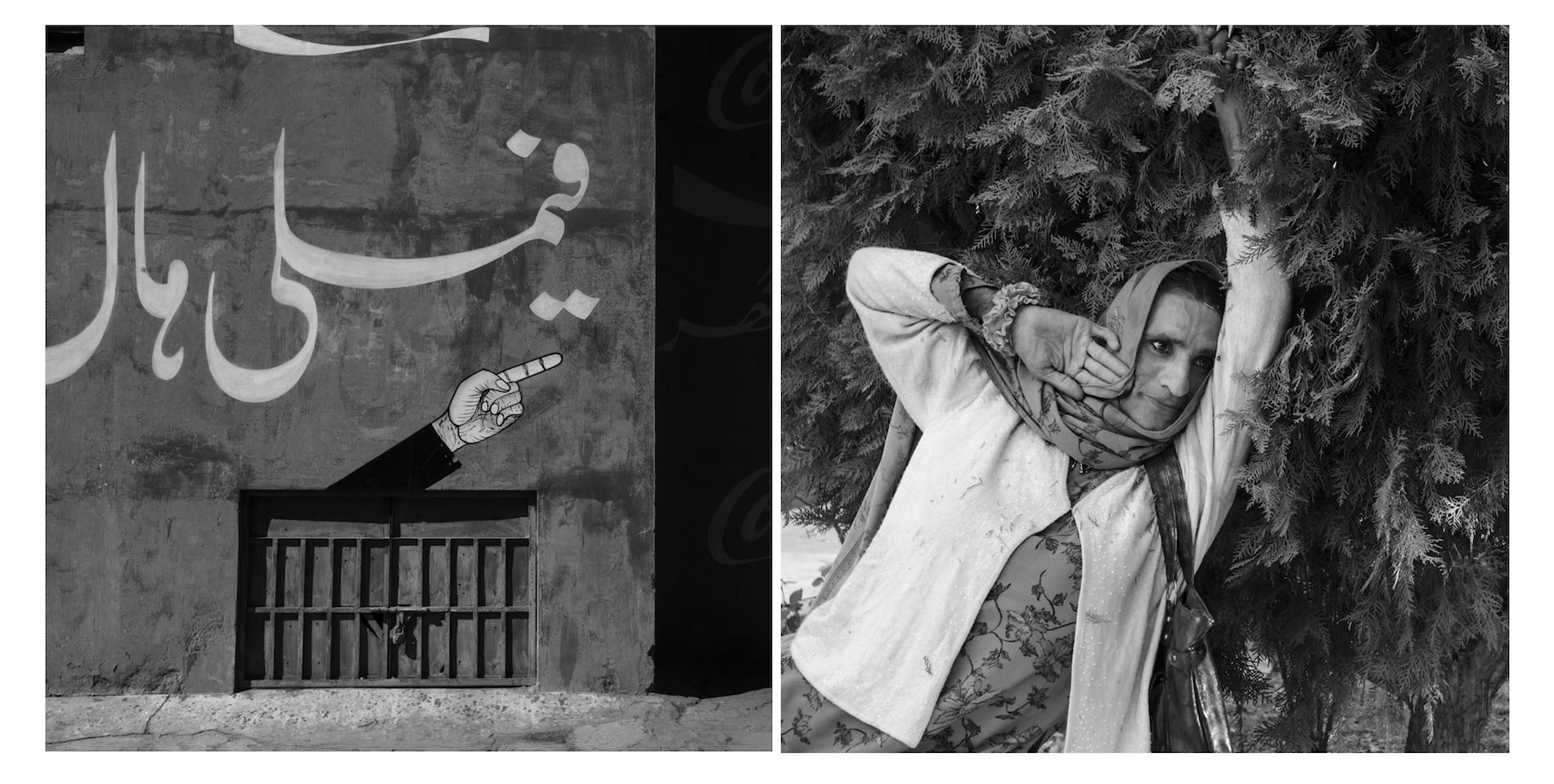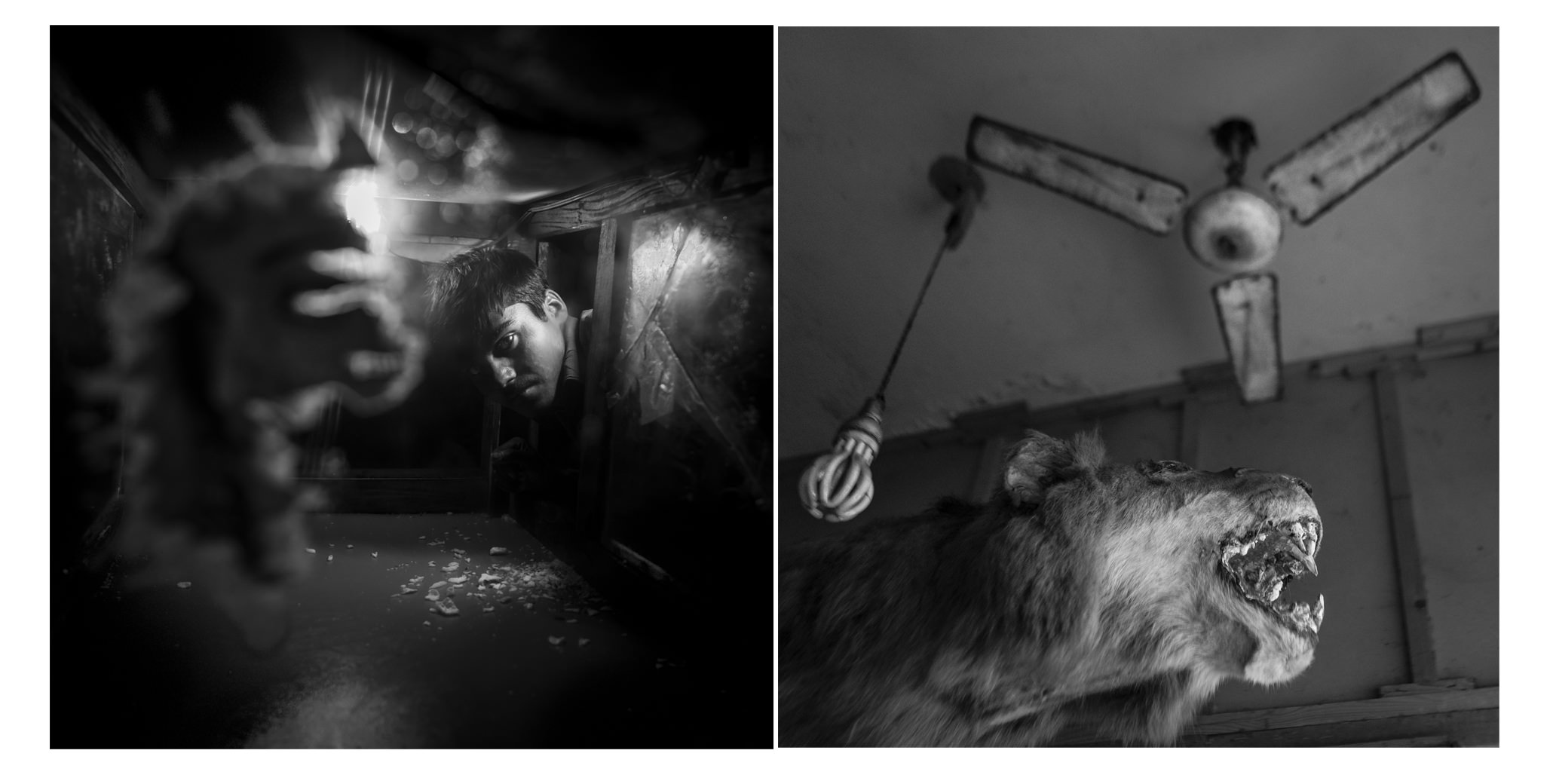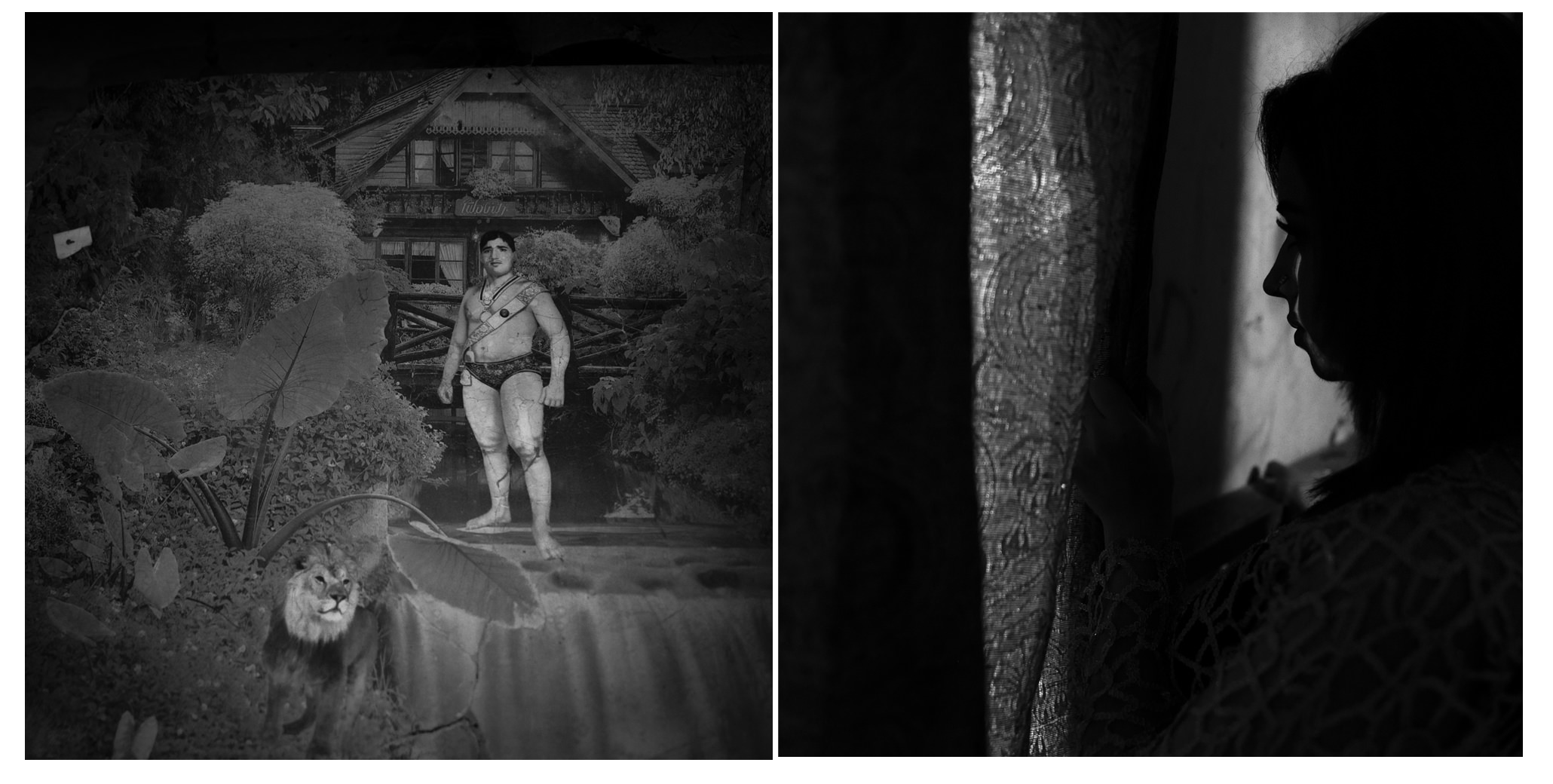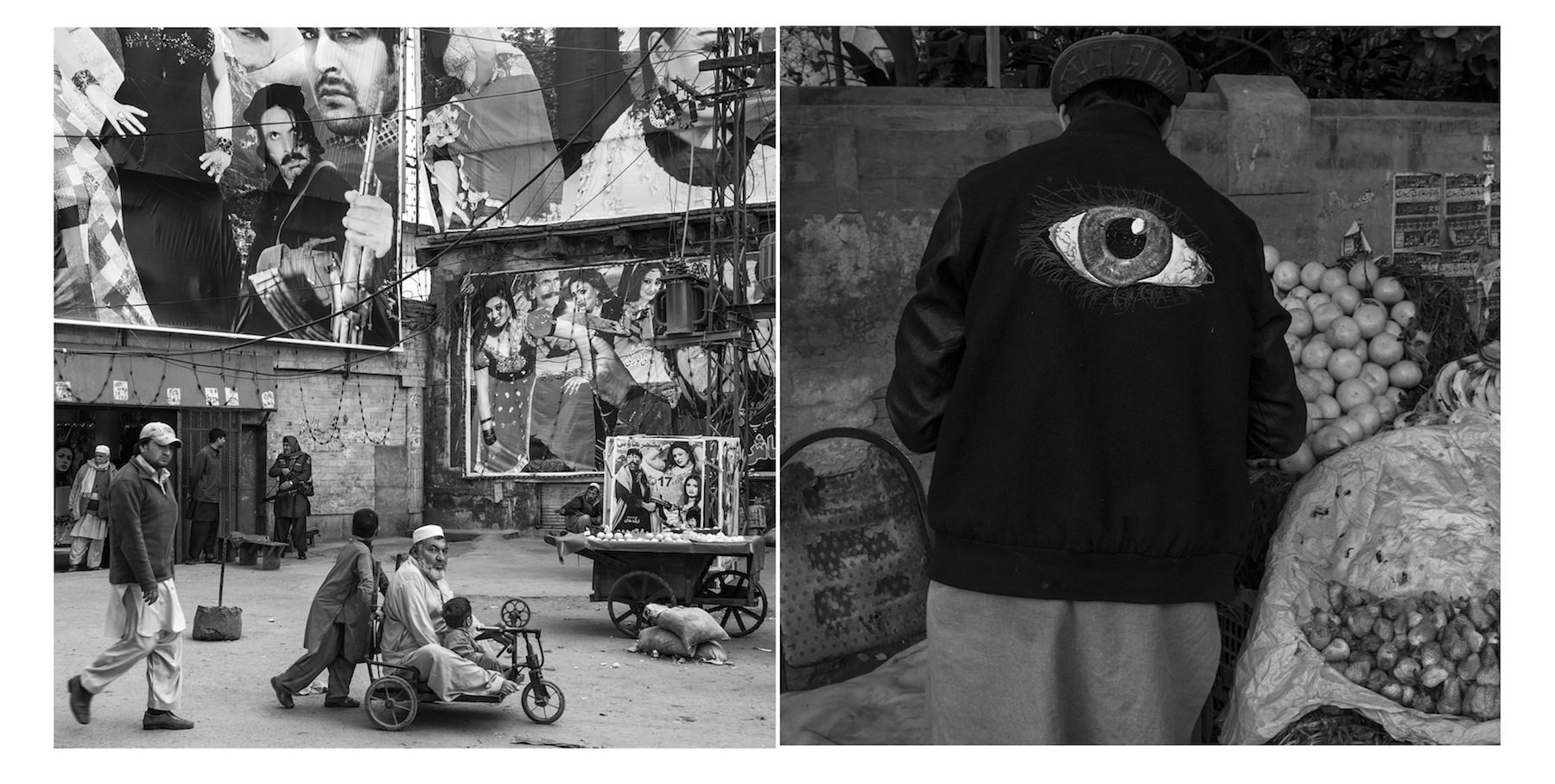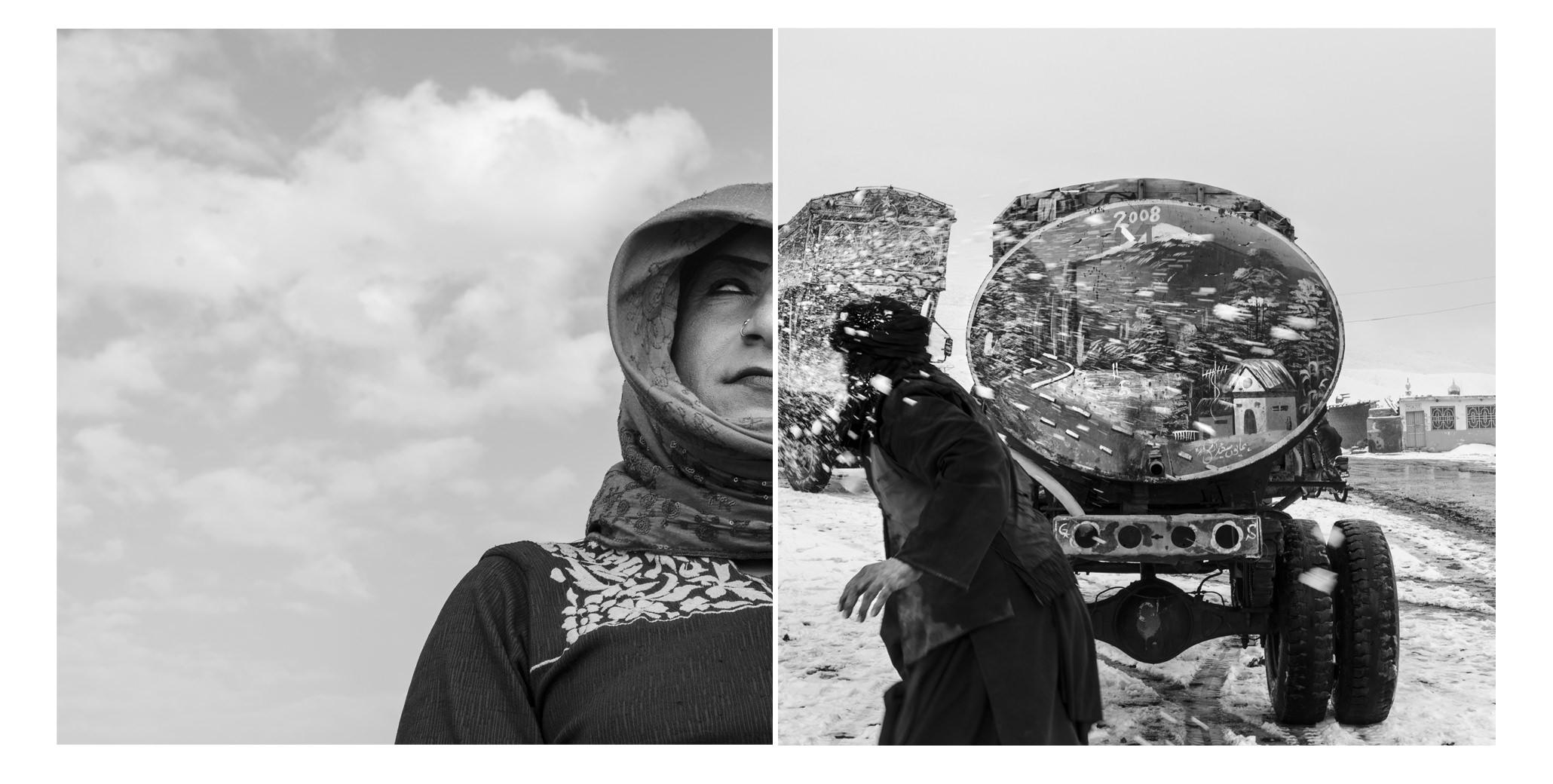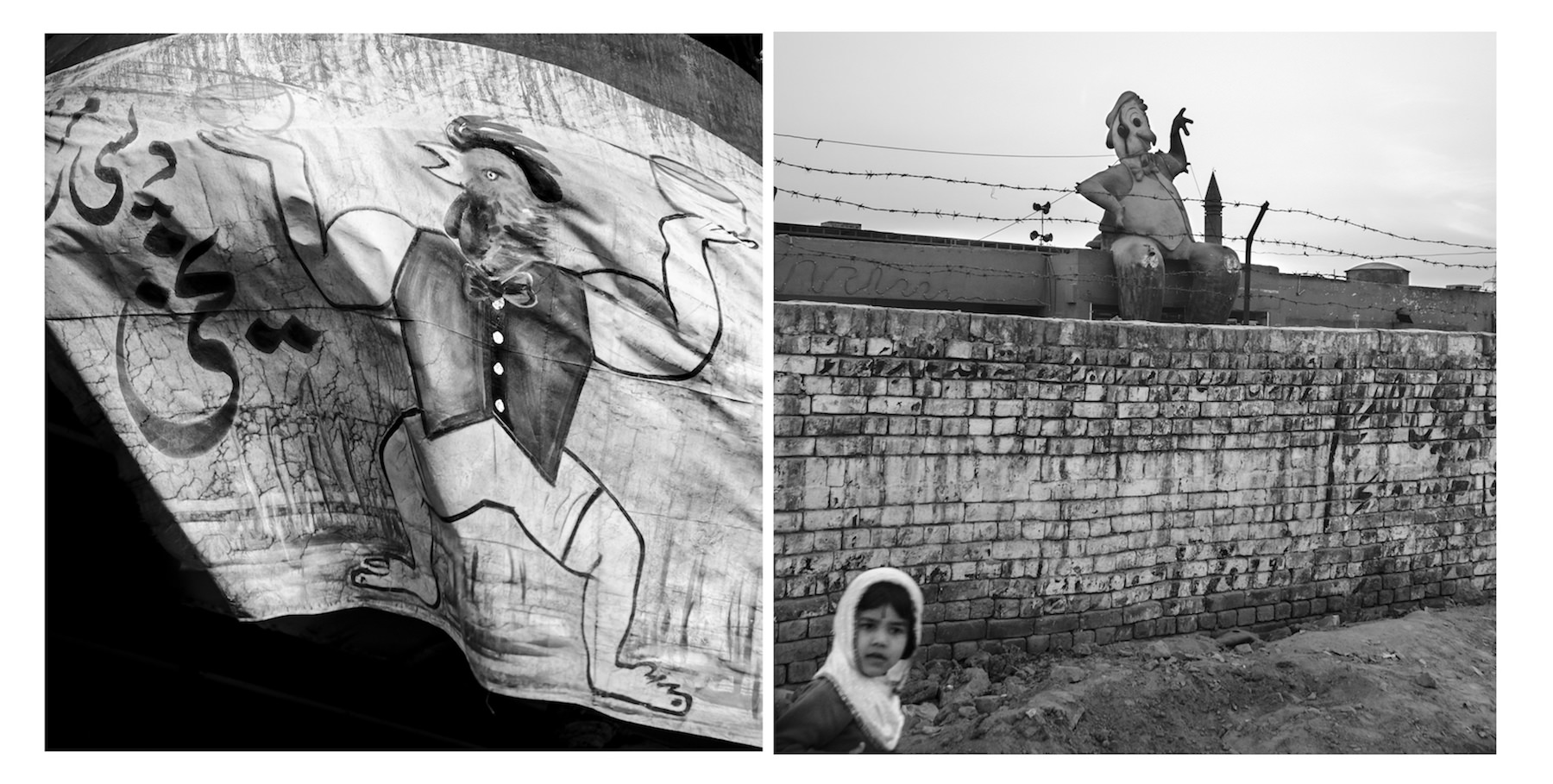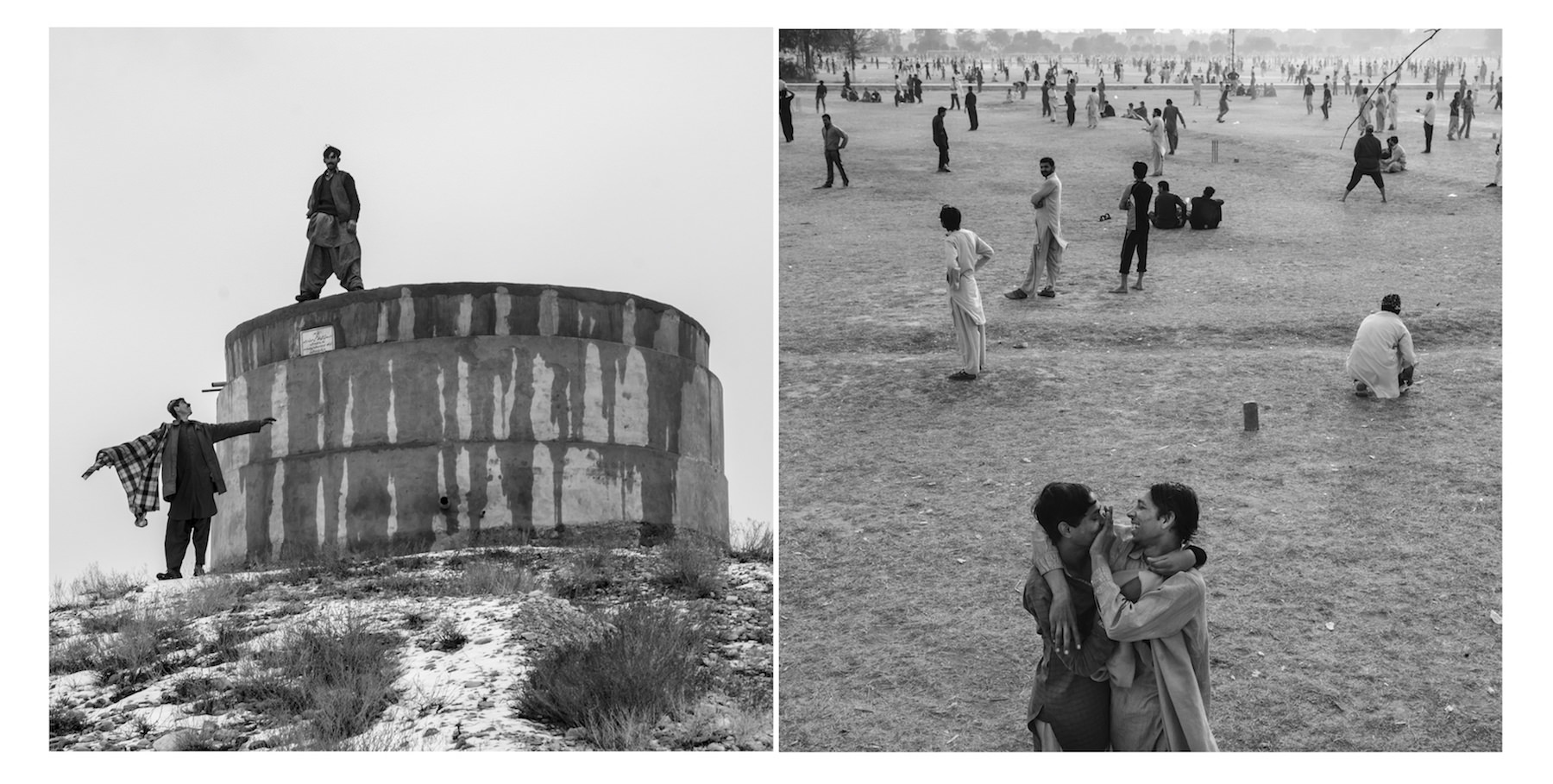Exibart Street Contest 2018 Finalists – Interview to Marylise Vigneau
Congratulations Marylise! You are one of the 11 finalists of the first Exibart Street Contest.
We received thousand of images from more than 100 countries all over the world, it’s an important result!
How do you feel about it?
I am of course delighted. I am also glad that such a platform like Exibart exists and offers visibility to street photography.
Can you tell us something about yourself?
I have been a curious and disobedient child, I became a curious and disobedient woman and I owe my utmost joys, my dearest discoveries to these discredited qualities.
They are a prerequisite, a necessary prelude and first step into life, love and art.
Otherwise what is to know about me can be found in my pictures.
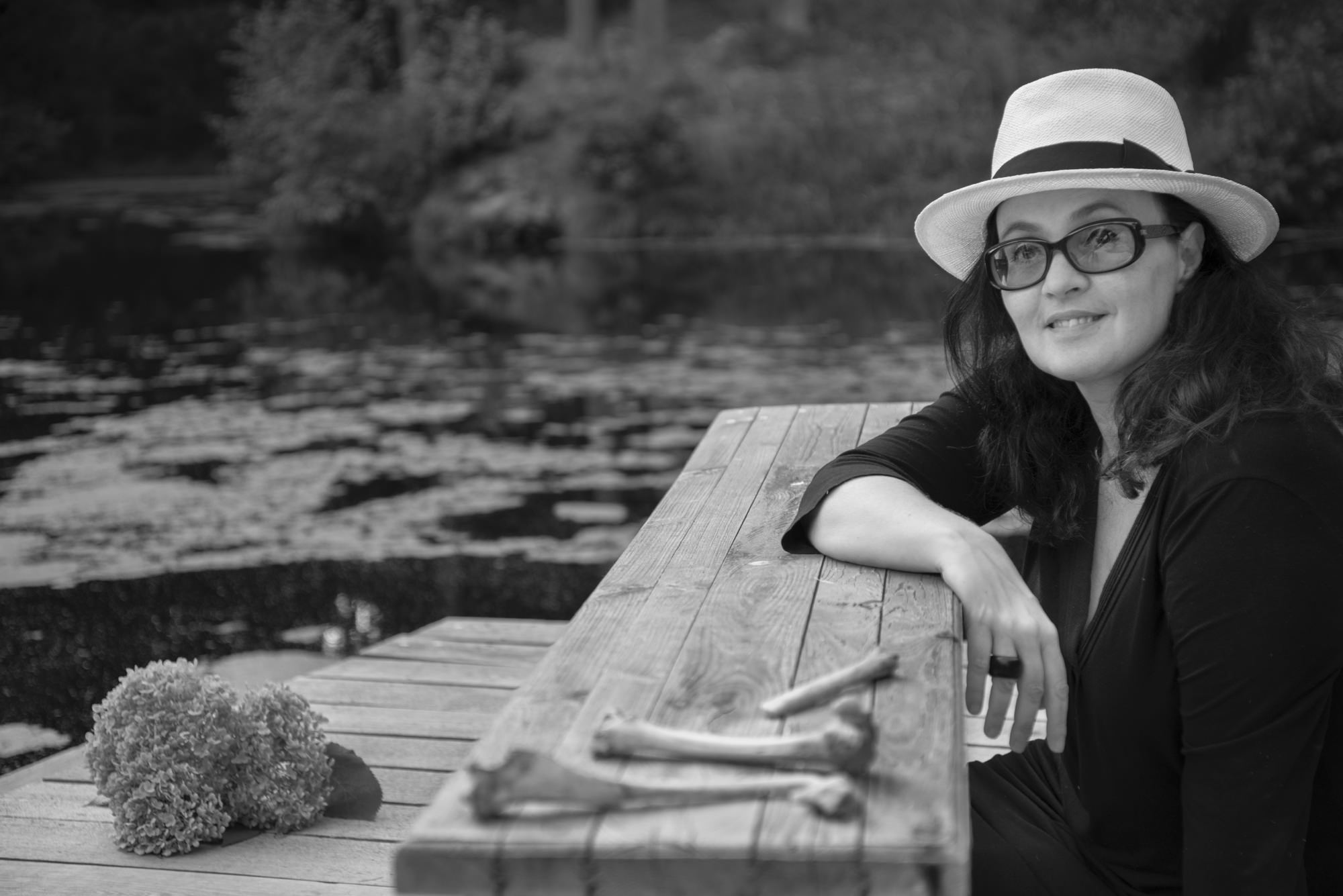
What led you to begin doing street photography in the first place?
Before I started to use a camera, I used a notebook and a pencil.
I studied literature and my favourite subject was the cities. The way they were sometimes the prevalent character of a novel. Paris of Balzac, Petersburg of Biely, Prague of Kafka or Vienna of Musil.
When I was twenty I started travelling. The Iron Curtain had not fallen yet, Eastern Europe offered me its charades and I explored it passionately. I used to sit for hours in time-worn cafés to write and observe. I was not yet photographing and if I recollect that period of my youth, a considerable album of “pictures not taken” arises in my mind.
One day I went to Prague with a small camera and began to use it.
I was taking pictures of details, just to be able to remember them and later, to pour them in that great-novel-to-be that I never wrote. Soon the camera replaced the pen and became a life long companion.
How would you define your photographic style?
Mischievous, tender, sometimes quirky are the words that come to my mind. I try to adopt a fair and playful distance from what is going on in front of my eyes. I certainly prefer allusions upon descriptions. I love ambiguity. I like when I manage to transform real life moments into strange images without reverting to the anecdotal. I search for these moments that summarize human condition and its various shades of solitude, joy, cruelty or tenderness. I tend to seek the ontological rather than the ethnological.
Another thing: My pictures do not claim to be objective. But they are informed and respectful.
“I dream about a country or a city. I read, I watch movies or documentaries. I spend time observing maps, looking at streets names, bus routes. I look for details that resonate within myself, stories that move me.
Then, once on the site, I confront my reverie with the reality.”
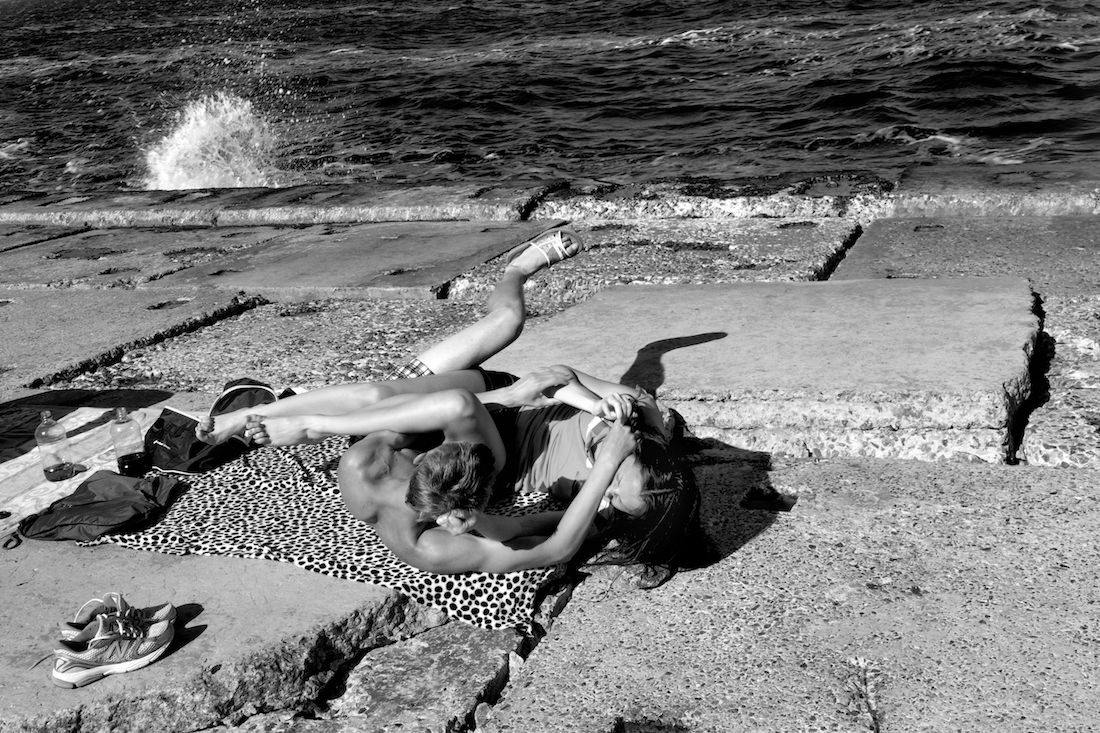
What kind of equipment do you use and what role, in your opinion, does equipment have in street photography?
I use a 28mn in 90% of my pictures. It gives a unity of style and above all it opens wide the choreographic possibilities.
I have two ways of taking pictures, either walking or using my scooter. In the first case the lighter the better and I use a Leica Q. Riding on the dusty roads of Pakistan of Cambodia I certainly appreciate the robustness of the Nikon D800.
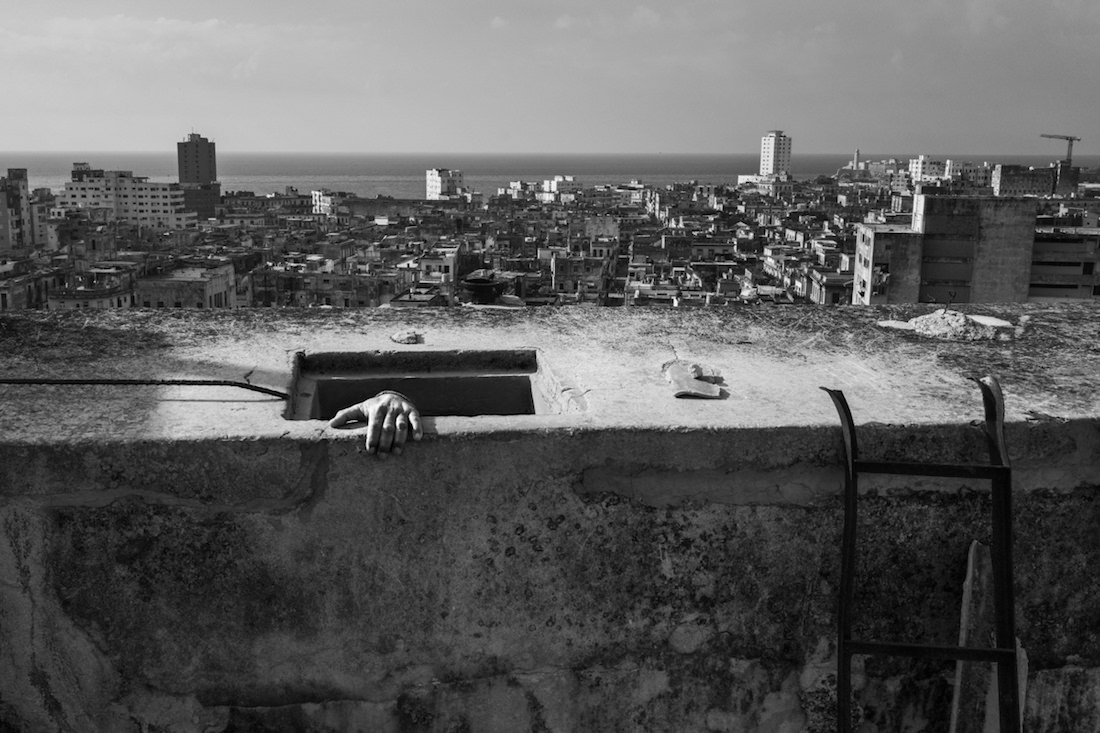
“I love ambiguity. I like when I manage to transform real life moments into strange images without reverting to the anecdotal. I search for these moments that summarize human condition and its various shades of solitude, joy, cruelty or tenderness. I tend to seek the ontological rather than the ethnological.”
Have you ever studied at a photography school or are you a self-taught artist?
I attended a workshop directed by Philipp Blenkinsop and Gary Knight. It set me free from some prejudices, from previous influences and reluctances.
How important are social media in your work? Which one do you prefer and why?
Social medias are a weird vanity fair but have become an indispensable showcase.
I use both Facebook and Instagram. They are a little like hungry beasts that need to be fed all the time. I nevertheless take pleasure watching the images of the photographers I am fond of.
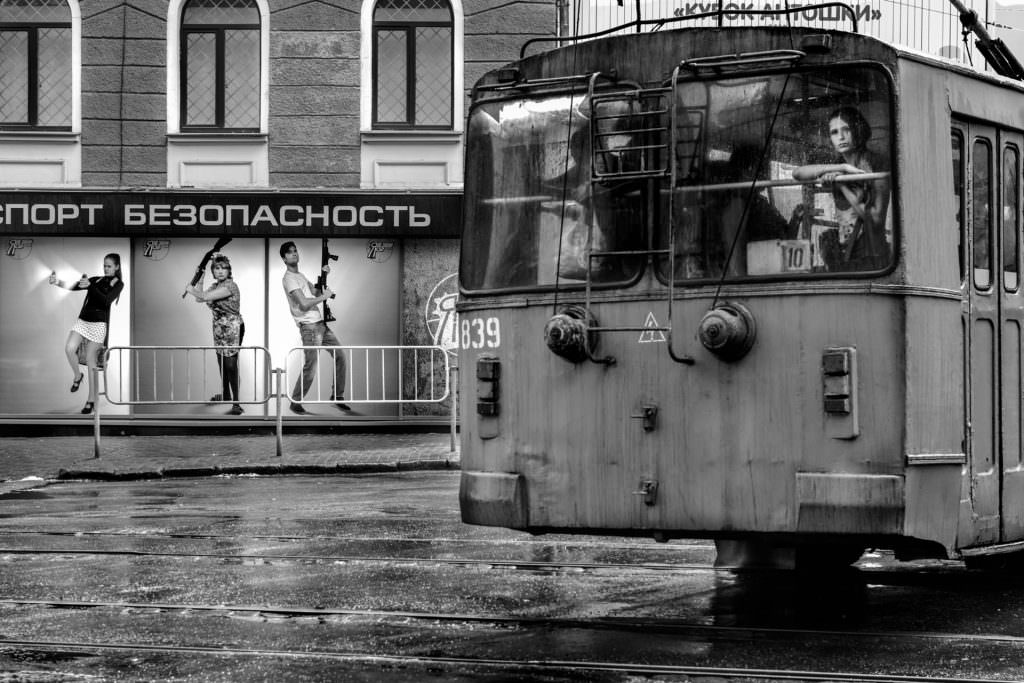
If you had to choose one lens that you would have to be using for the rest of your life, which one would that be and why?
28mm.
Analog and digital photography. Do you see these as alternatives to one another or the same thing?
Considering that I am a lot on the road, I find digital photography extremely convenient.
It took me a while to come to terms with it. A dark room is indeed more playful than a computer but I will not let nostalgia take over.
I don’t think it is a crucial issue. The only thing that counts is the image produced.
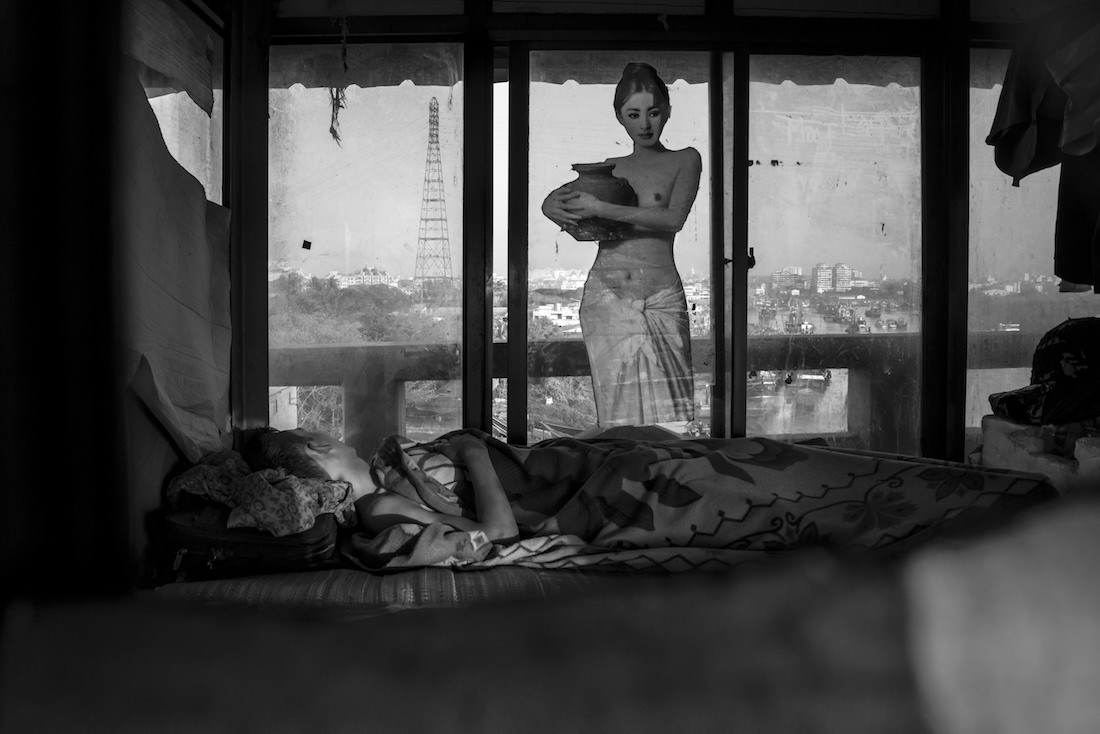
What, do you think, is the main reason why some photographers opt for film during the digital era we live in?
I cannot speak on behalf of these photographers.
Black and white and color? How do you decide which one to use?
Colour is relatively new in my life and I do enjoy it a lot. The choice is most of the time quite instinctive.
I tend to doubt what is generally admitted therefore I might photograph supposedly “grey” Bucharest in colour and be tempted by black and white in tropical environments.
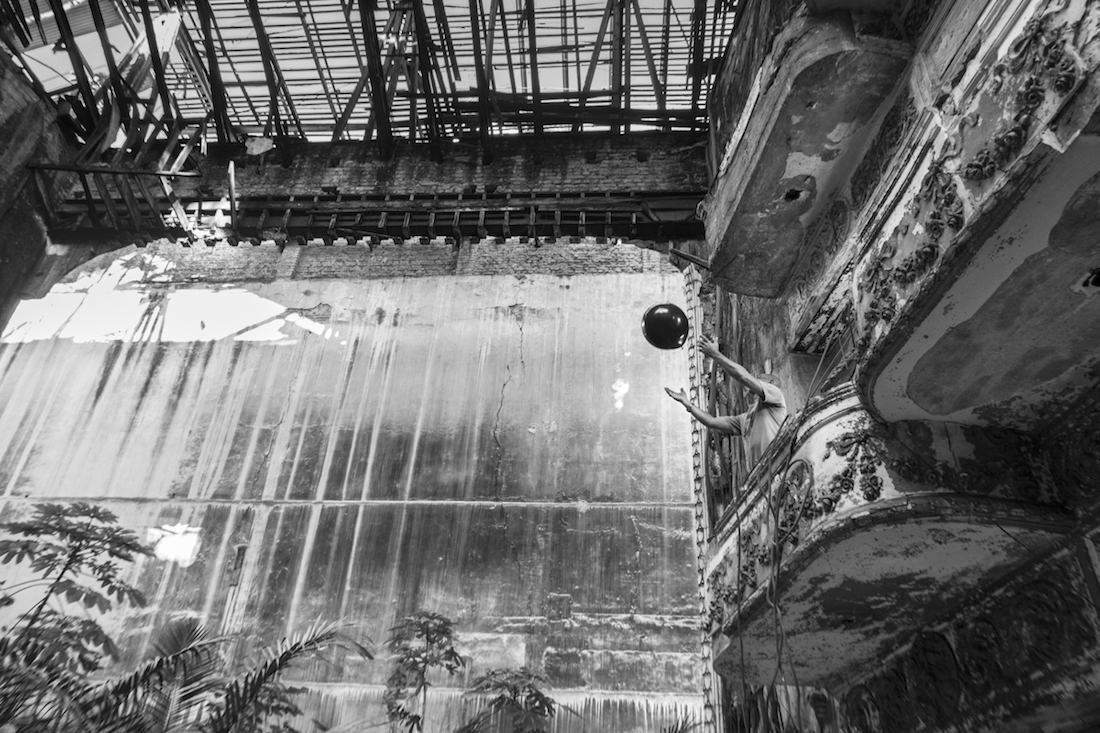
Is there a country or a city that you like to photograph more than others?
I like long-term projects because I think that time is an essential character. I intend to continue to document my favourites cities: Phnom Penh, Yangon, Havana, Ulan Bator or Lahore. The common point between them is they are societies in suspension. I aim to capture what time and development will do them, to unearth contrasts, contradictions and uncertainties. I like places where something is about to happen. Nothing is anchored. Something is afoot.
Which differences exist between the different countries you visited?
I see more similarities than differences because one more time the essence of human condition interest me more than. So this a difficult question and I can only tell you how I act before going to a new country. I dream about a country or a city. I read, I watch movies or documentaries. I spend time observing maps, looking at streets names, bus routes. I look for details that resonate within myself, stories that move me.
Then, once on the site, I confront my reverie with the reality. My sensitivity blends into the reality of the place and I may commence to construct my images.
Of course I am always surprised because there is nothing more imaginative and ingenious than reality.
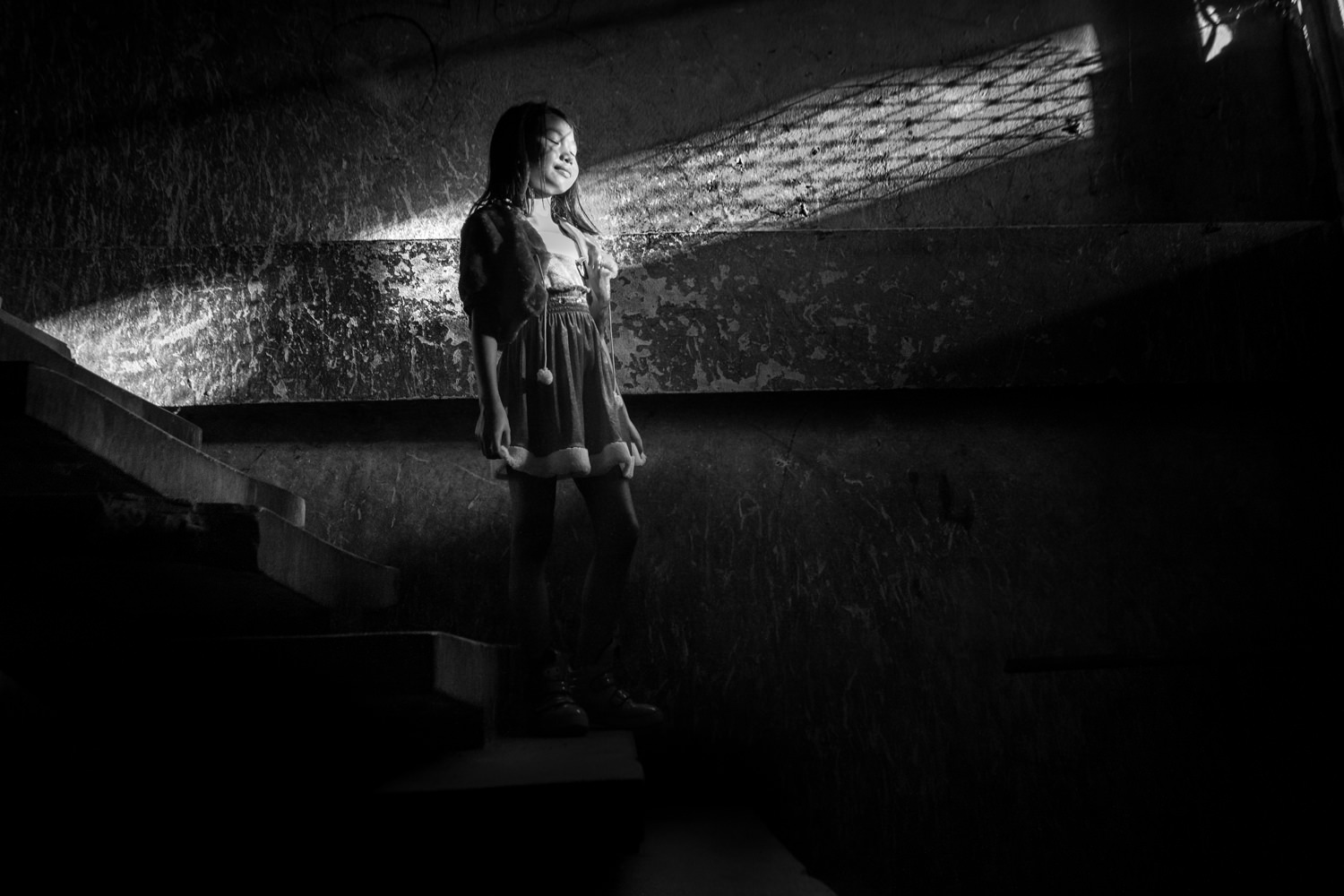
There are still few women photographers who try their hand at street photography successfully, in your opinion why?
I don’t think it is true anymore.
When you take photos, do you ever have a theme/project in mind?
When it is about pure street photography not specifically. But I have obsessions and there is certainly a leitmotiv running through my images.
Otherwise when I start a documentary project I do some homework and draft a synopsis. That said, I remain open to what ever may happen and ready to change my angle.
Tell us about the projects you are most attached to and why.
I am very much attached to the two projects I have been working on in Pakistan in the past couples of years.
One is called “Article 19, resisting the Garrotte” about freedom of expression in Pakistan. It is a series of staged and anonymous projects of people belonging to persecuted minorities or refusing the official religious and political narrative. It has been partially exhibited last year at Cortona on the Move and is nominated for the Prix Pictet 2019.
The other ongoing project is a series of diptychs built over the years with images taken since 2010. It is a play with reality, a walk through the veneer of things, a visual conversation. It is an experiment that I am tremendously enjoying.
Are you currently working on any project?
I will certainly go back to Cuba this year and would like to focus on the Cuban body, the body as a political space, as the theatre of yielding or resistance.
Are there any photographers or artists who inspired you or influenced your way of creating street photography?
Novels influenced me more than anything else. I was a solitary and confined only child and I used to eat books.
In my teenage my influences were pictorial rather than photographic. Dürer for the faces and the melancholy, Tiepolo or Turner for the skies, Uccello, Mantegna or Caravaggio for the lights and the choreographies, Bacon for the dissolutions.
Among photographers I adore Michel Vanden Eeckhoudt. His images filled with a rare emotion and a consistent sense of humour allude, suggest, whisper, unearth the incongruous and takes us from amusement to a form of despondency, from cruelty to tenderness and vice versa.
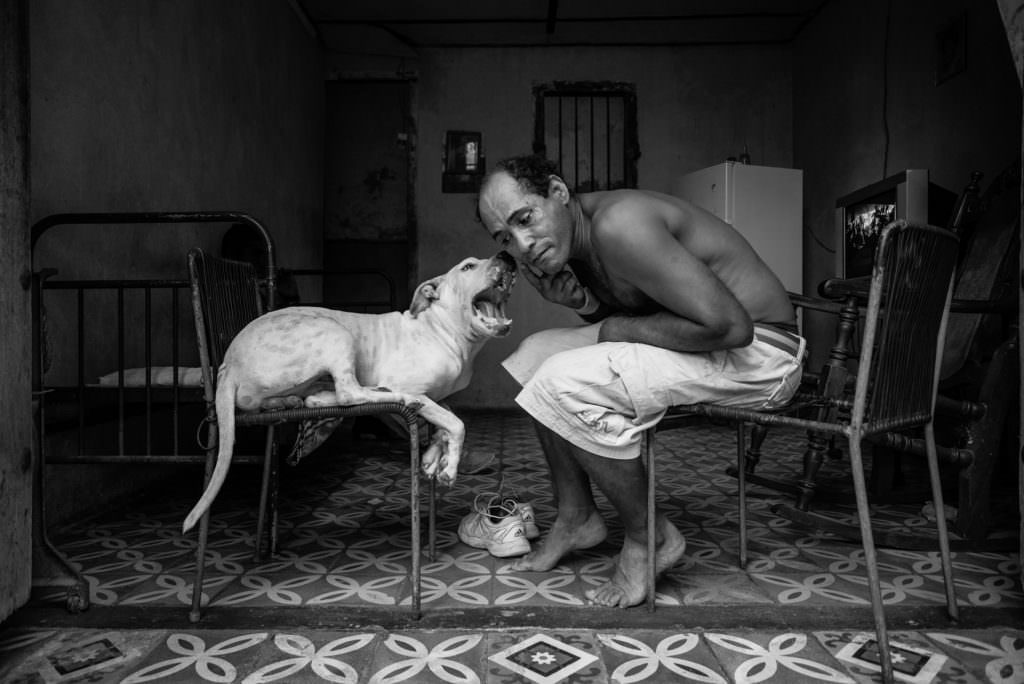
Which are your favourite photography books?
Among many others:
Gypsies, By Koudelka
Wonderland: A Fairy Tale of the Soviet Monolith by Jason Eskenazi
Moscow, by William Klein
Black Sea, by Vanessa Winship.
What advice would you give to someone who is starting to do street photography?
Just go on the streets, do not indulge in cheesy common places, be inspired by your favourites photographers but don’t copy them. Do not photograph misery for the sake of it if you have nothing to add to the conversation.
Move, bend, play hide and seek. There is no substitution to going out and taking pictures.
Read novels, watch other things than photography. Have a life.
Thank you Marylise!
MARYLISE VIGNEAU BIOGRAPHY
Raised in a conventional Parisian family, Marylise Vigneau developed an early taste for peeping through keyholes and climbing walls. Her “Compared Literature” thesis, at la Sorbonne, was about cities as characters in Russian and Central-European novels; where and when the clearest narrative gets lost in a heady, haunting uncertainty. Despite her fascination with literature, over time her mode of expression has become photography, without her knowing precisely why – may be the mix of precision, immediacy, truth and lies which is behind every image. What attracts her first and foremost is how human beings are affected by borders both physical and mental, this fugitive space where an unexpected, bold and fragile act or glimpse of freedom can arise. Asia and cities struck by time and oblivion, development or isolation -often the two sides of the same phenomenon- are her favorite terrain. She likes to play with opposites; absence and presence, emptiness and fullness, loneliness and multitude, the very near and the far away. She is represented by the Anzenberger Agency in Vienna.
Website: www.marylisevigneau.com
Facebook: marylisevigneau
Instagram: @marylisevigneau

